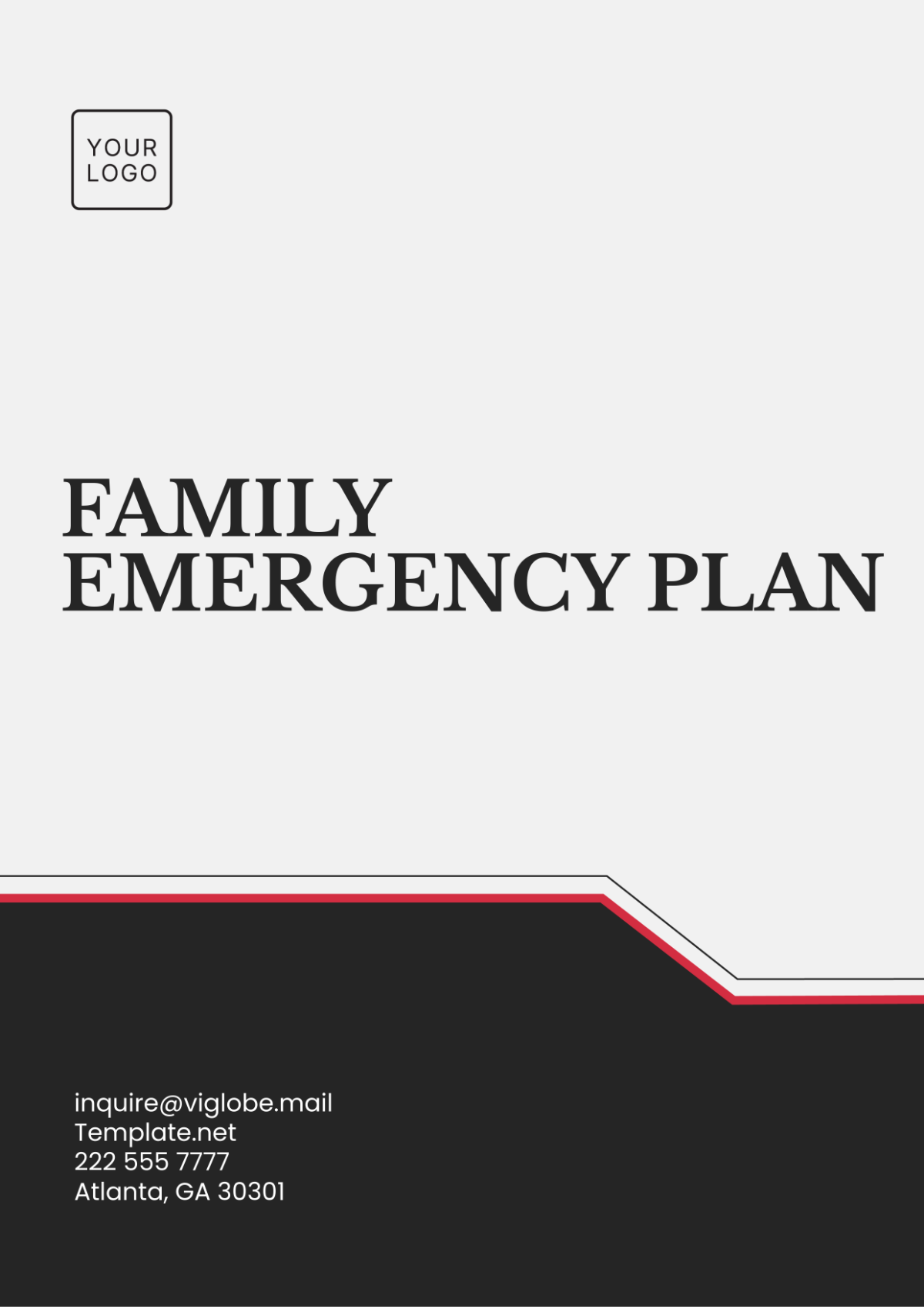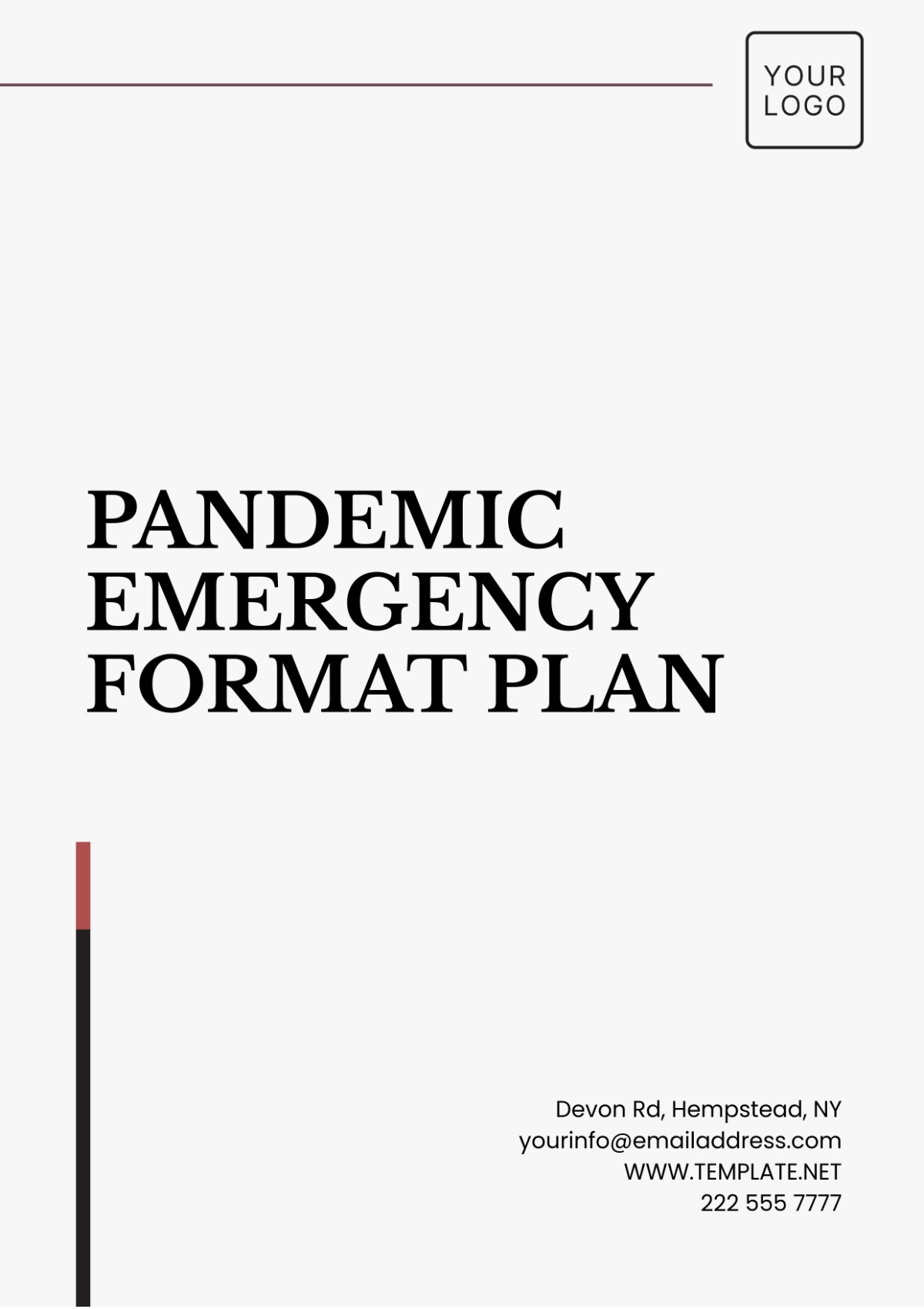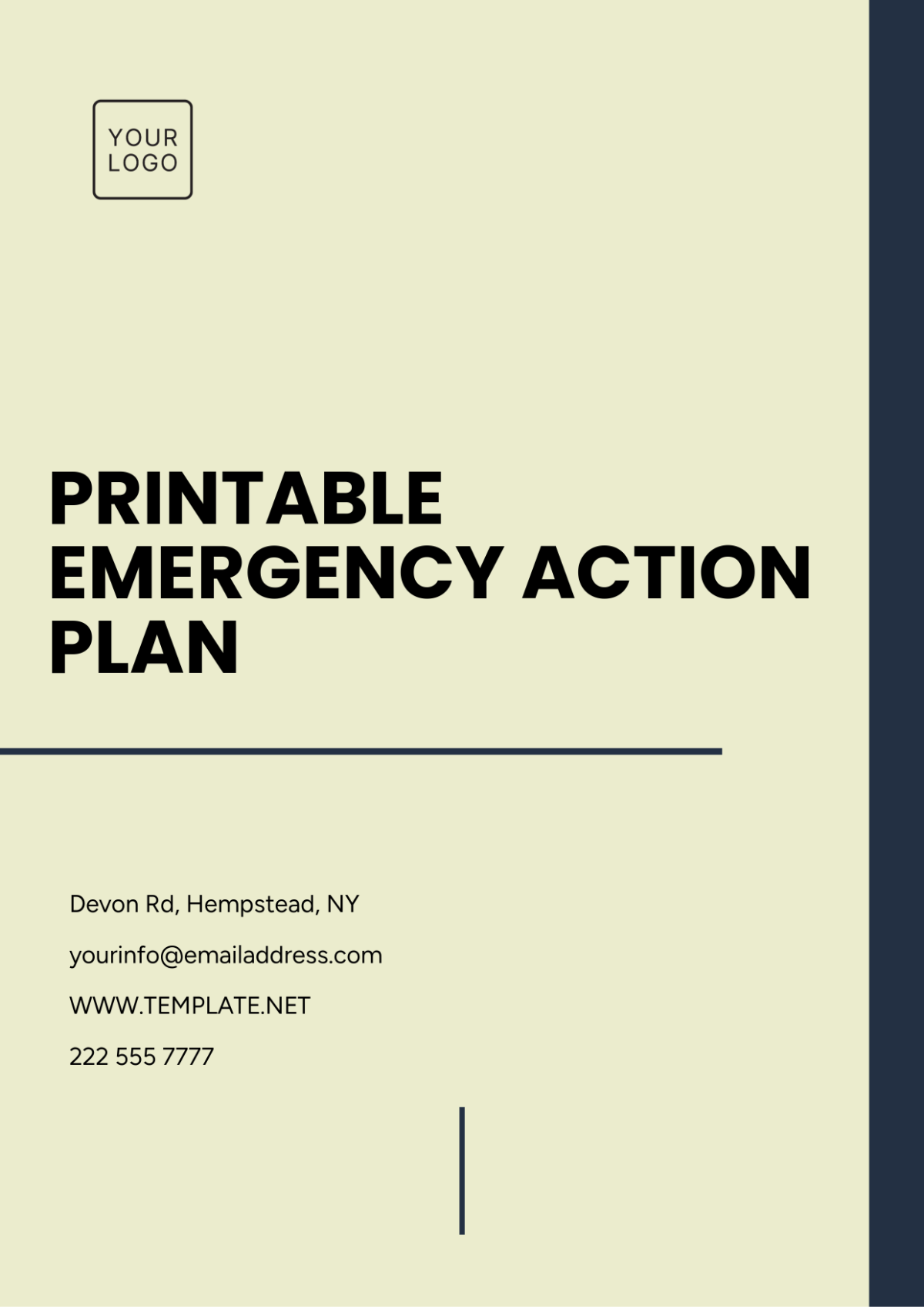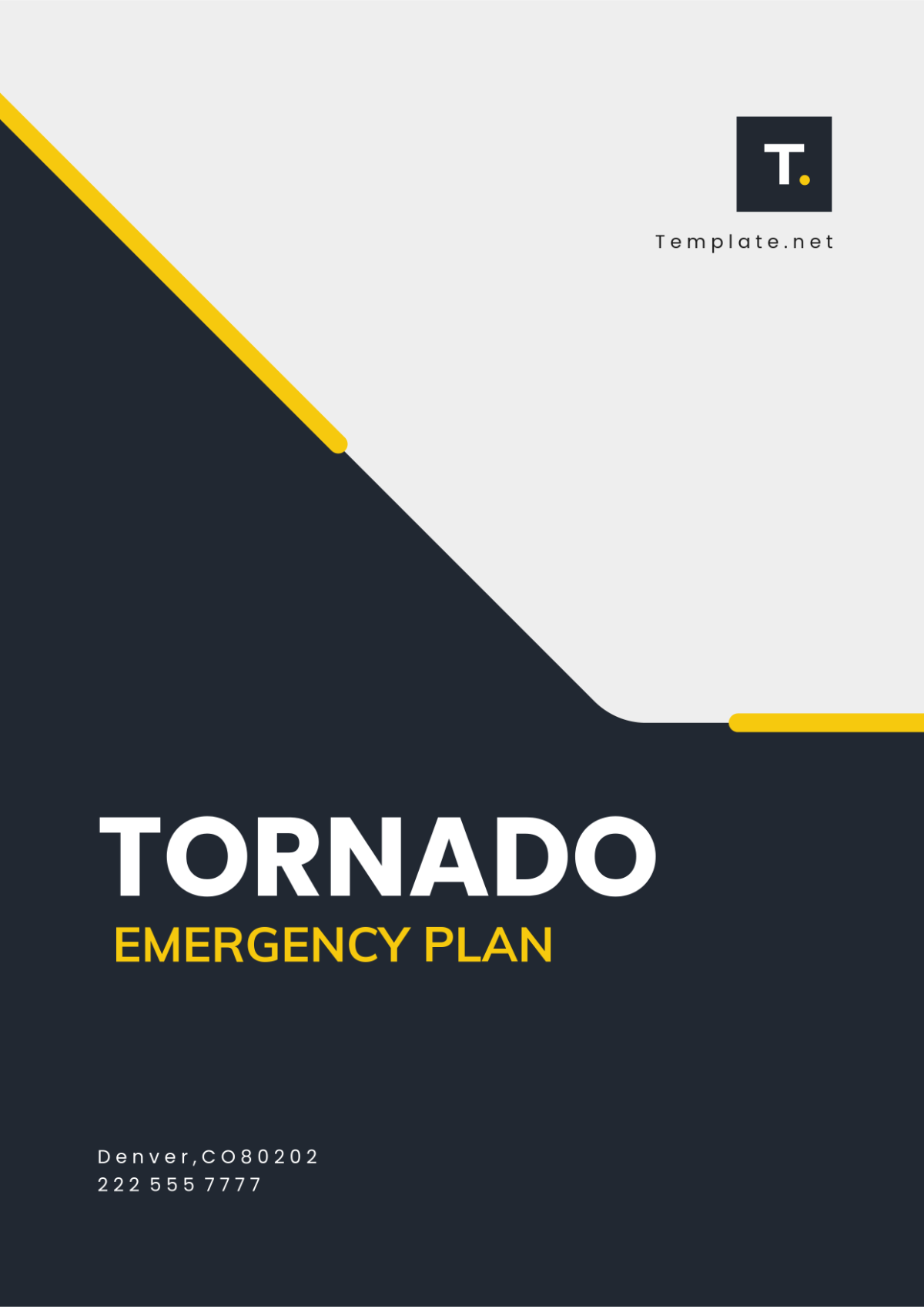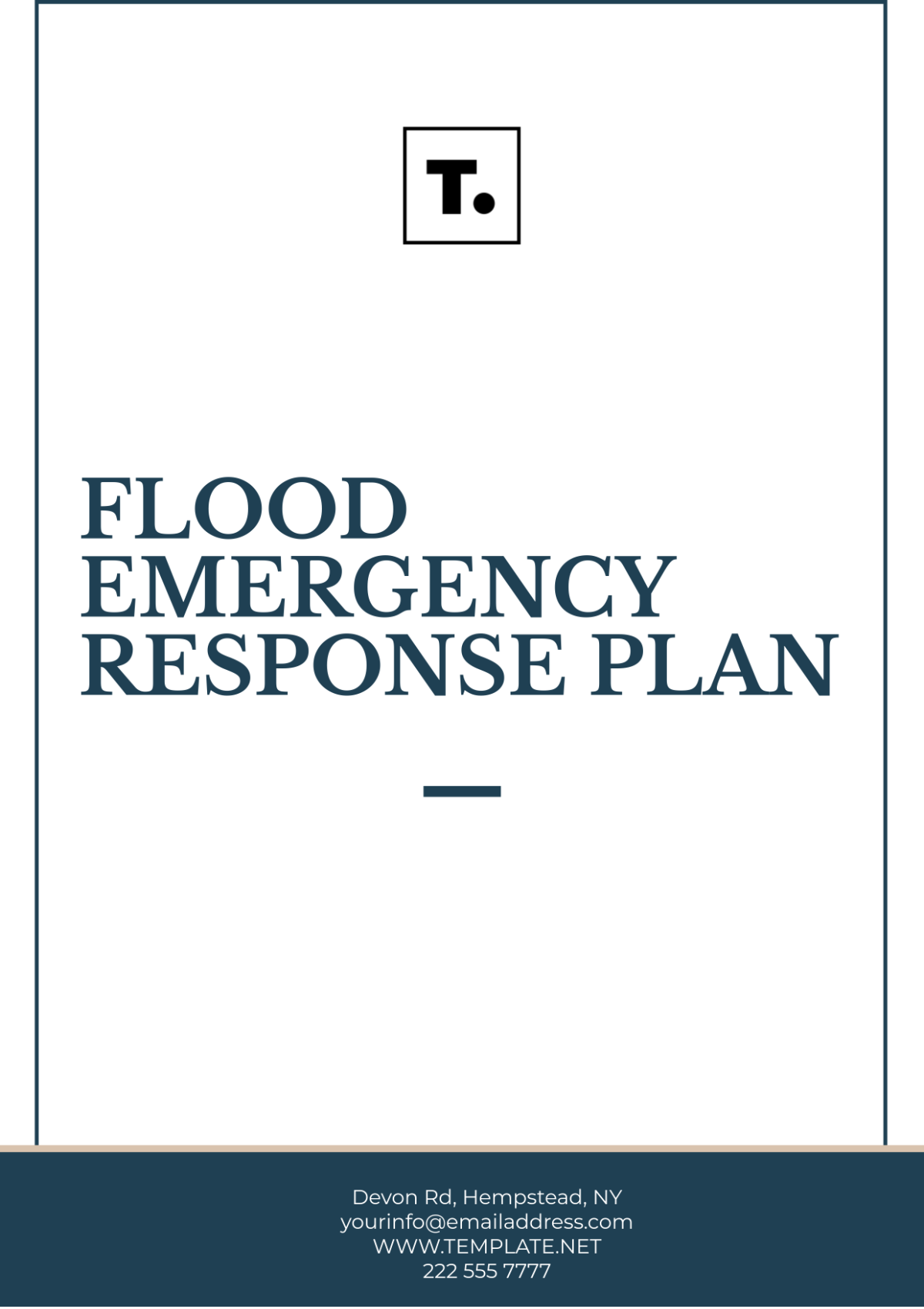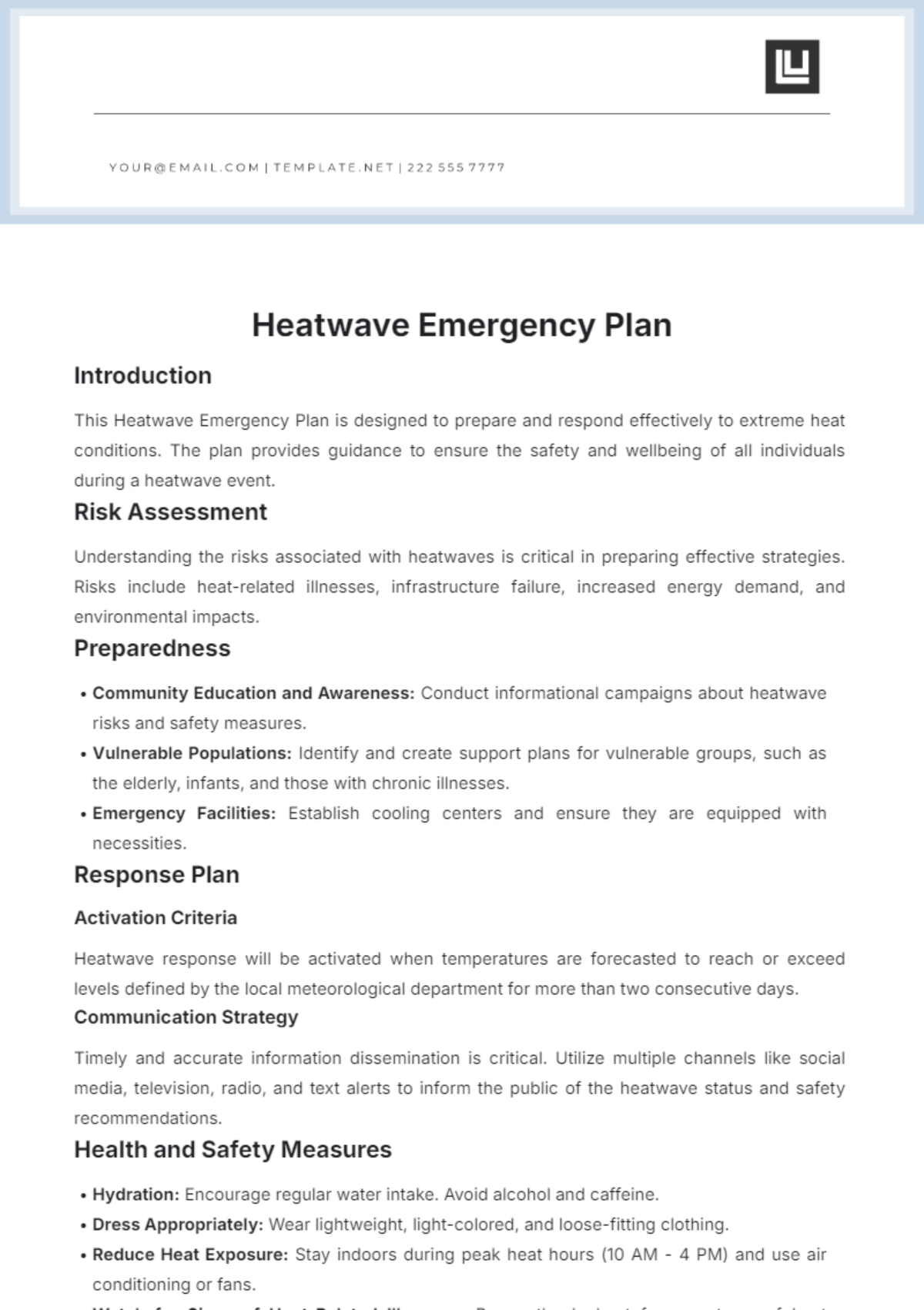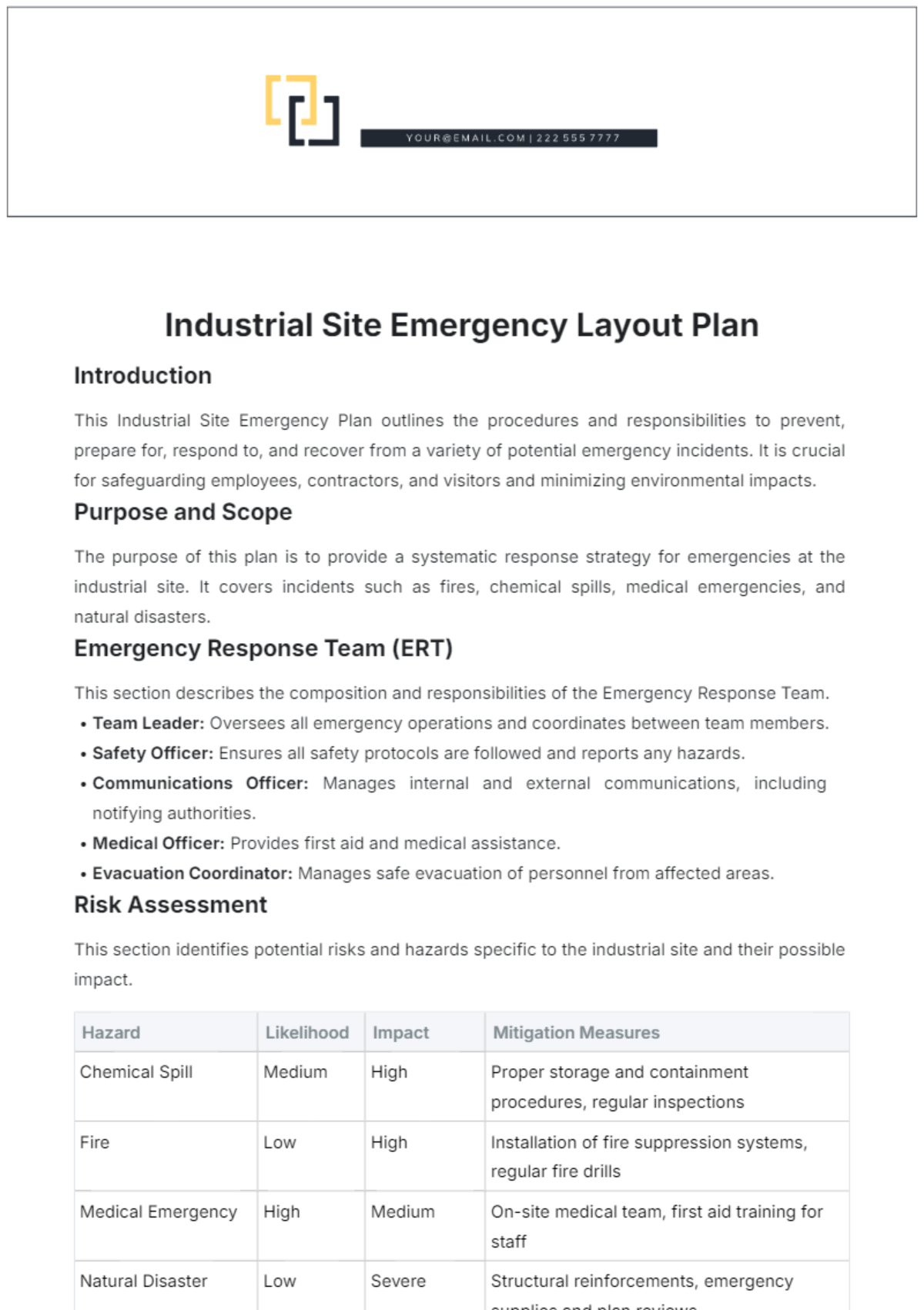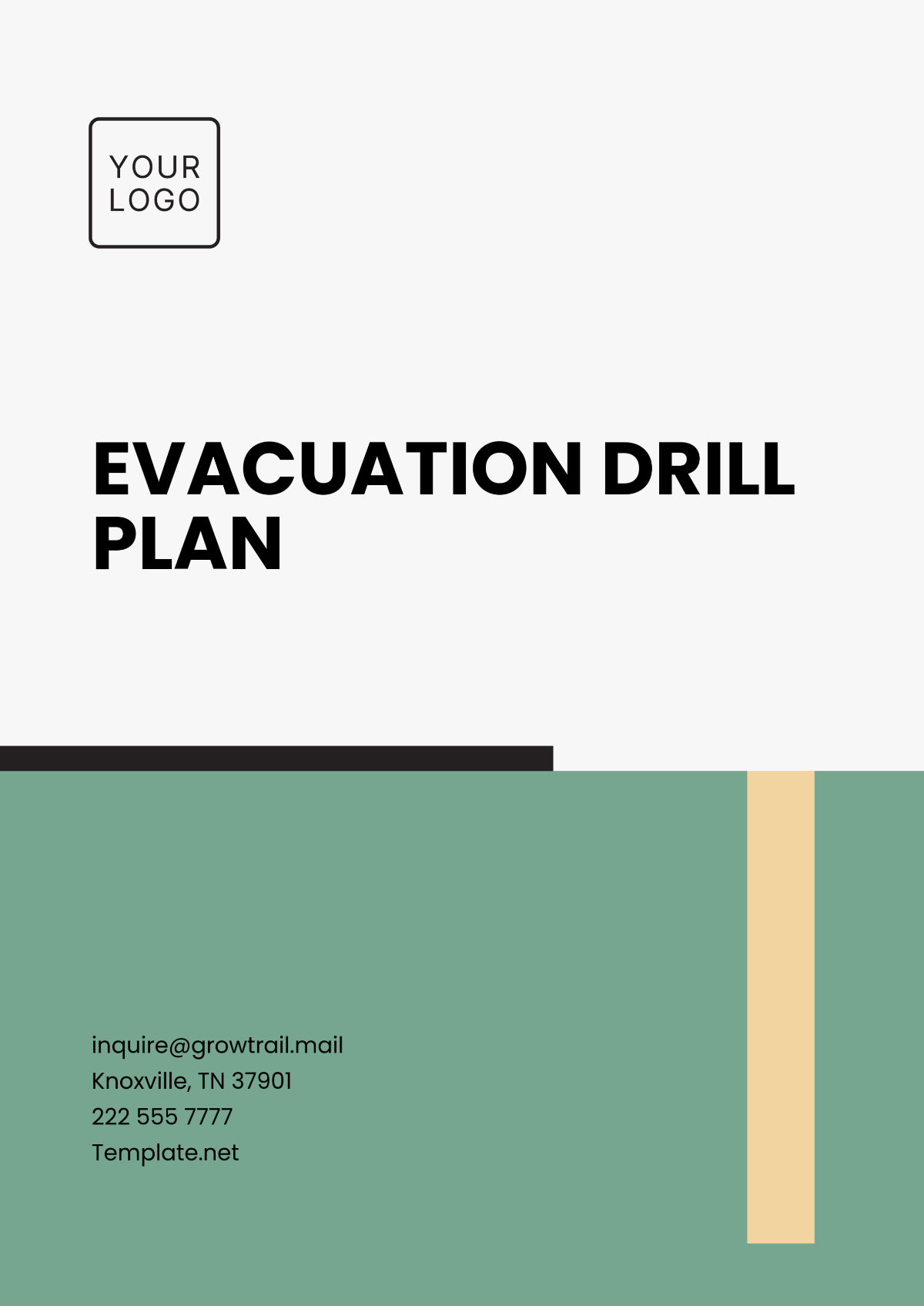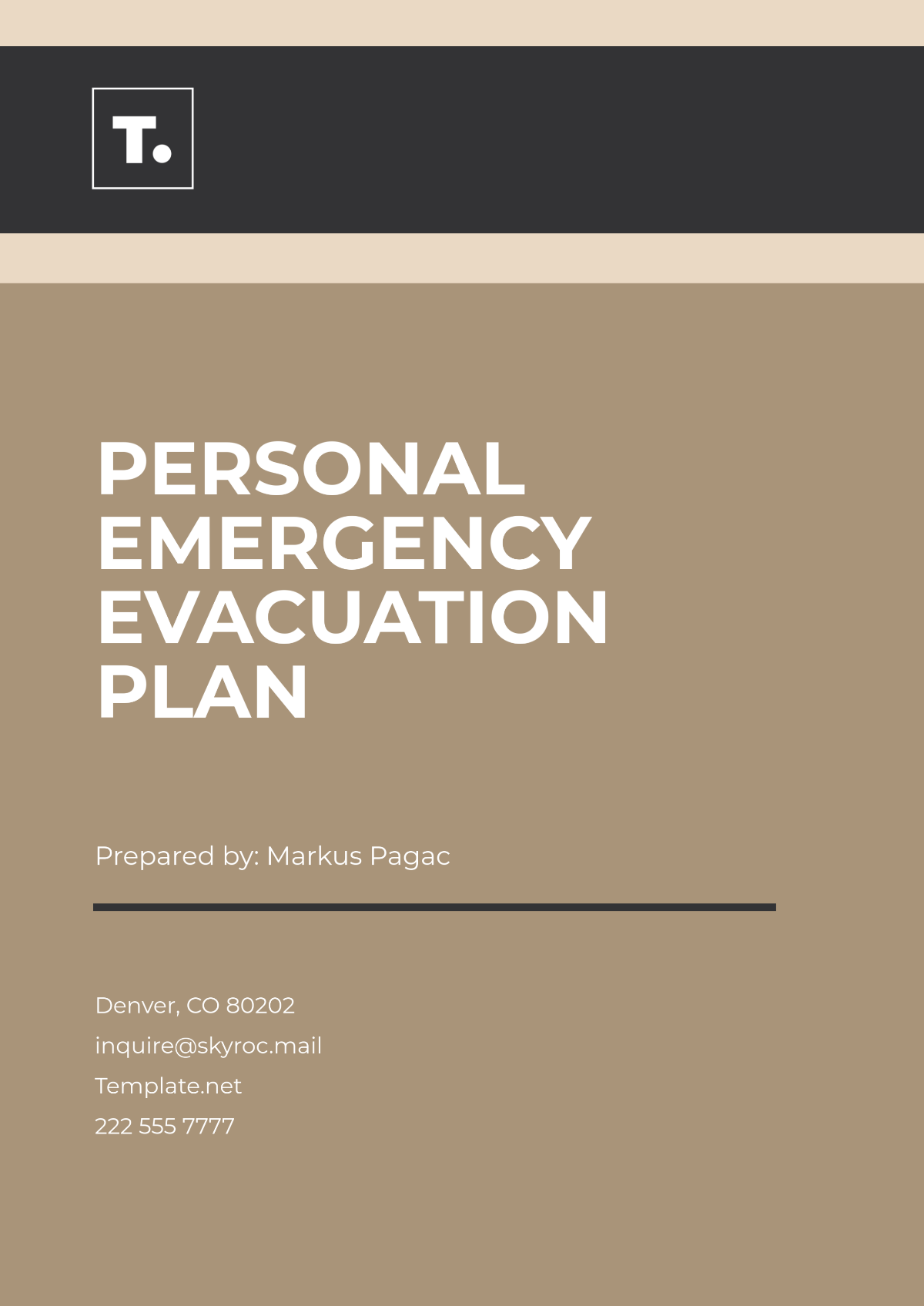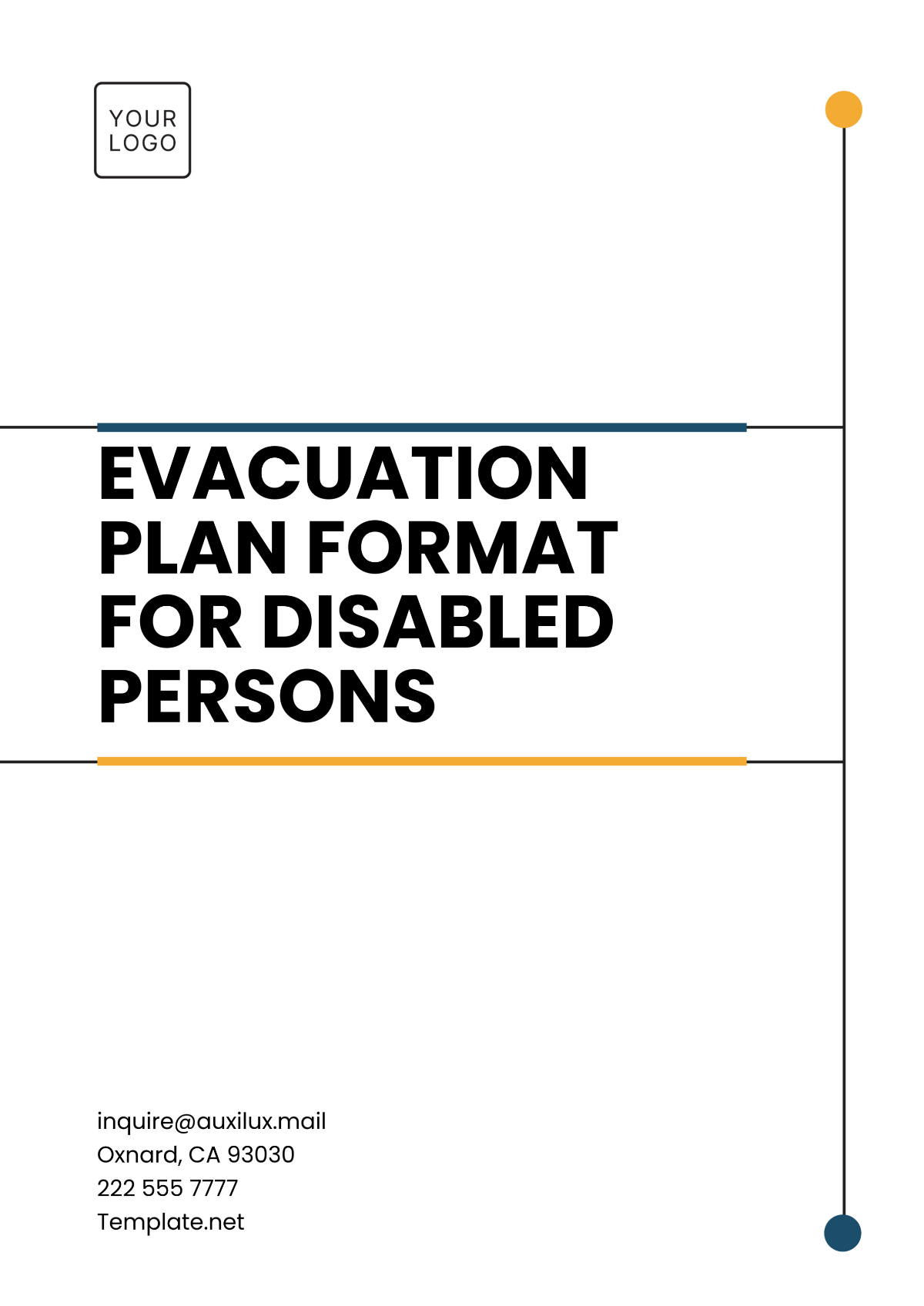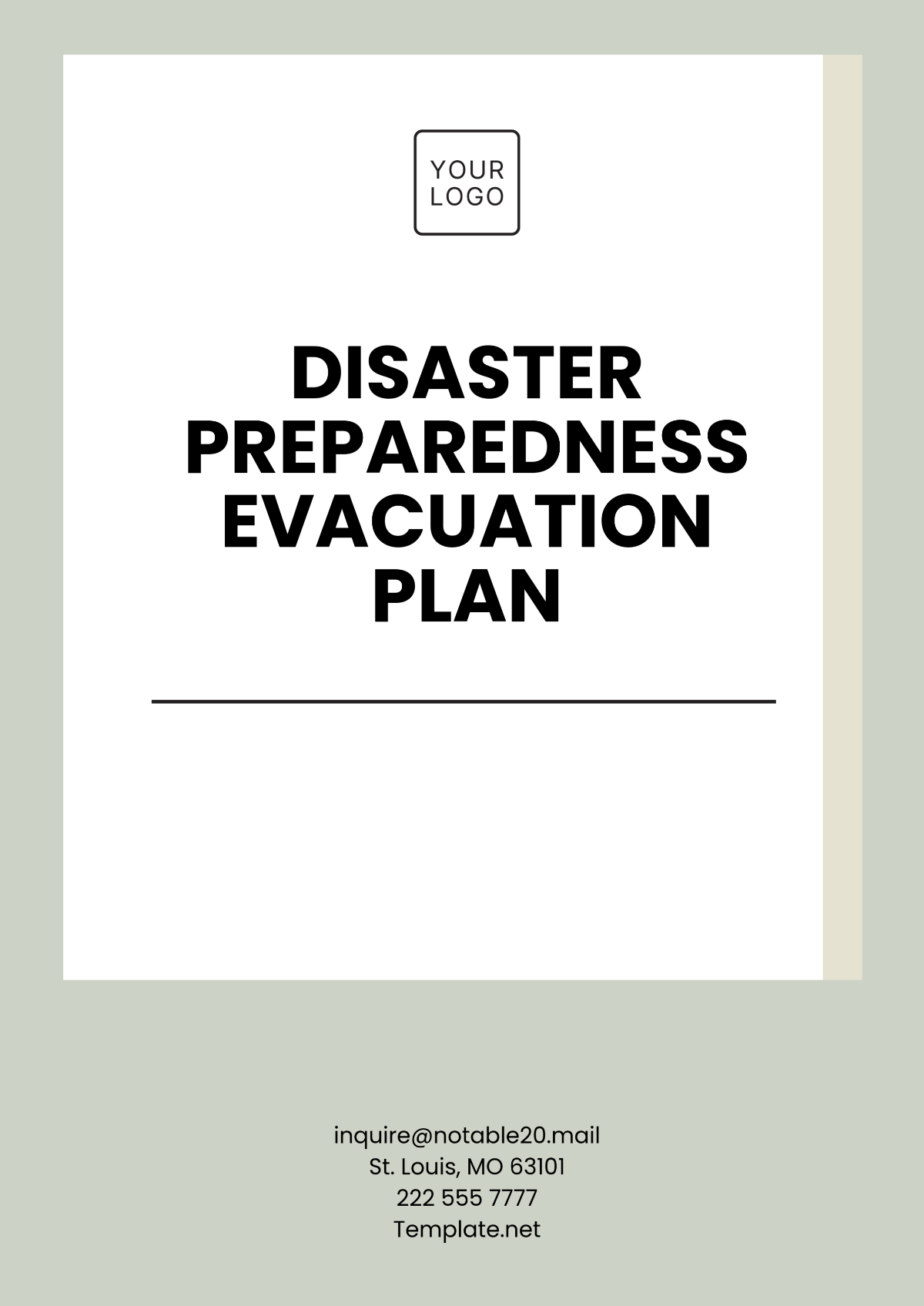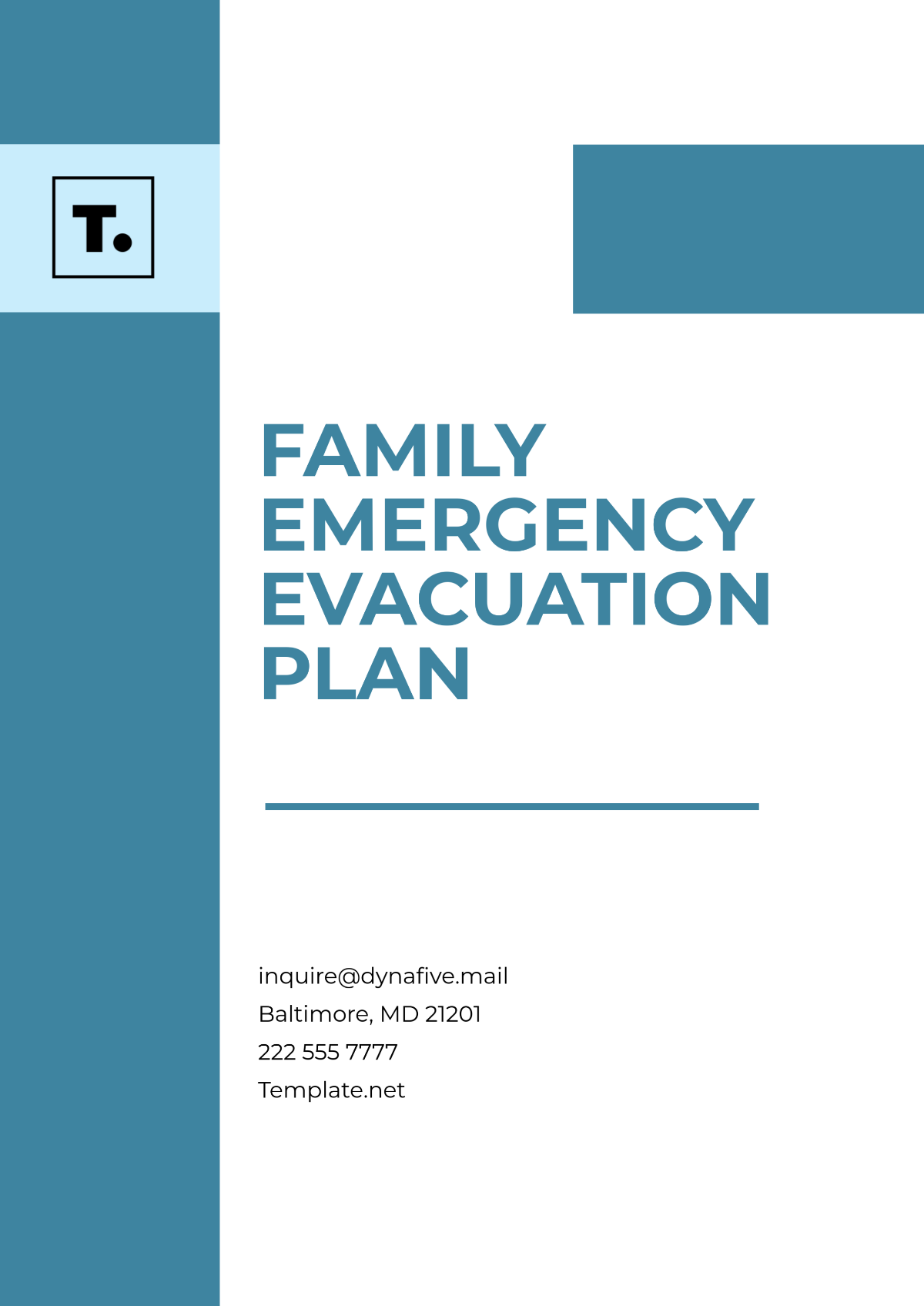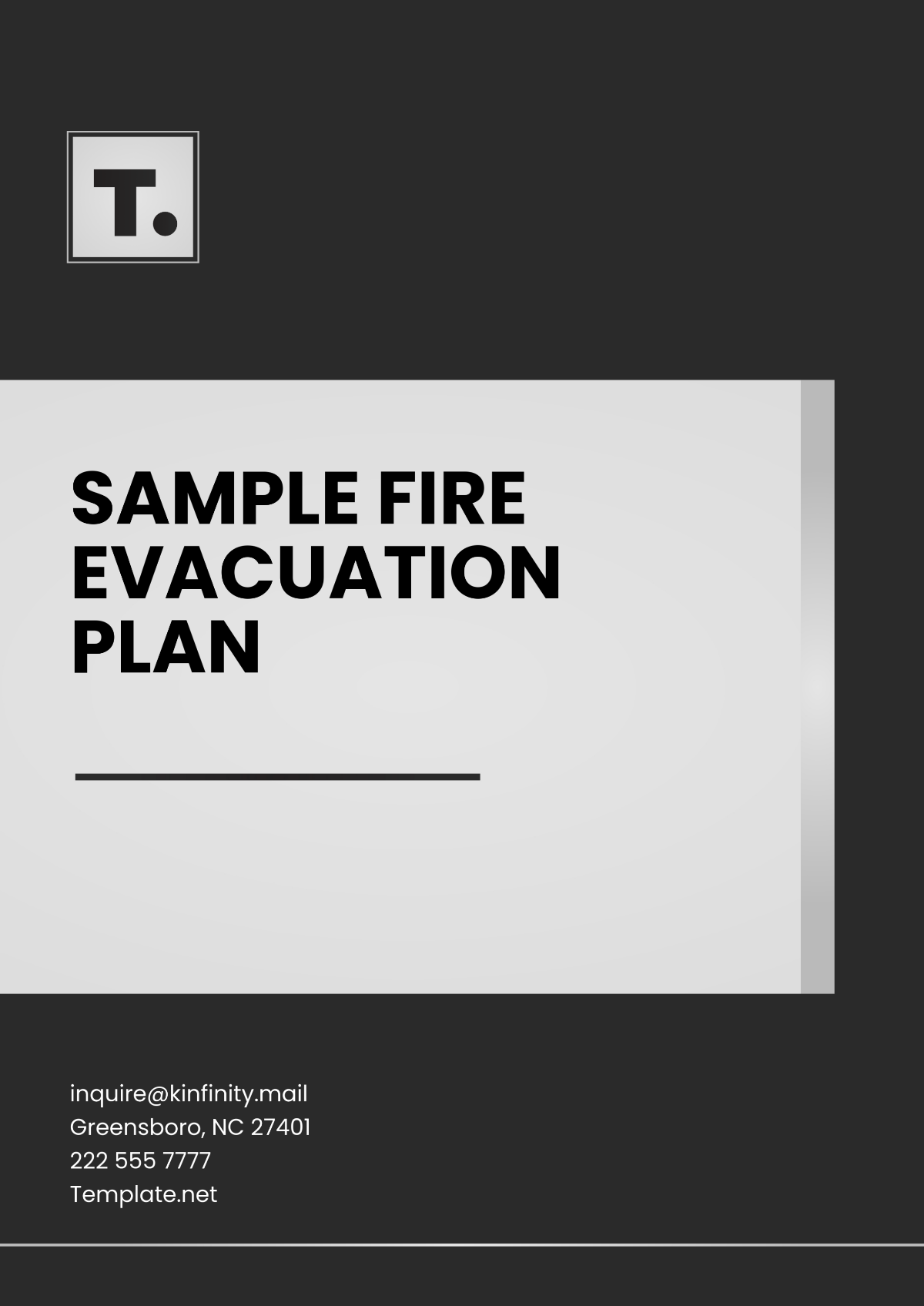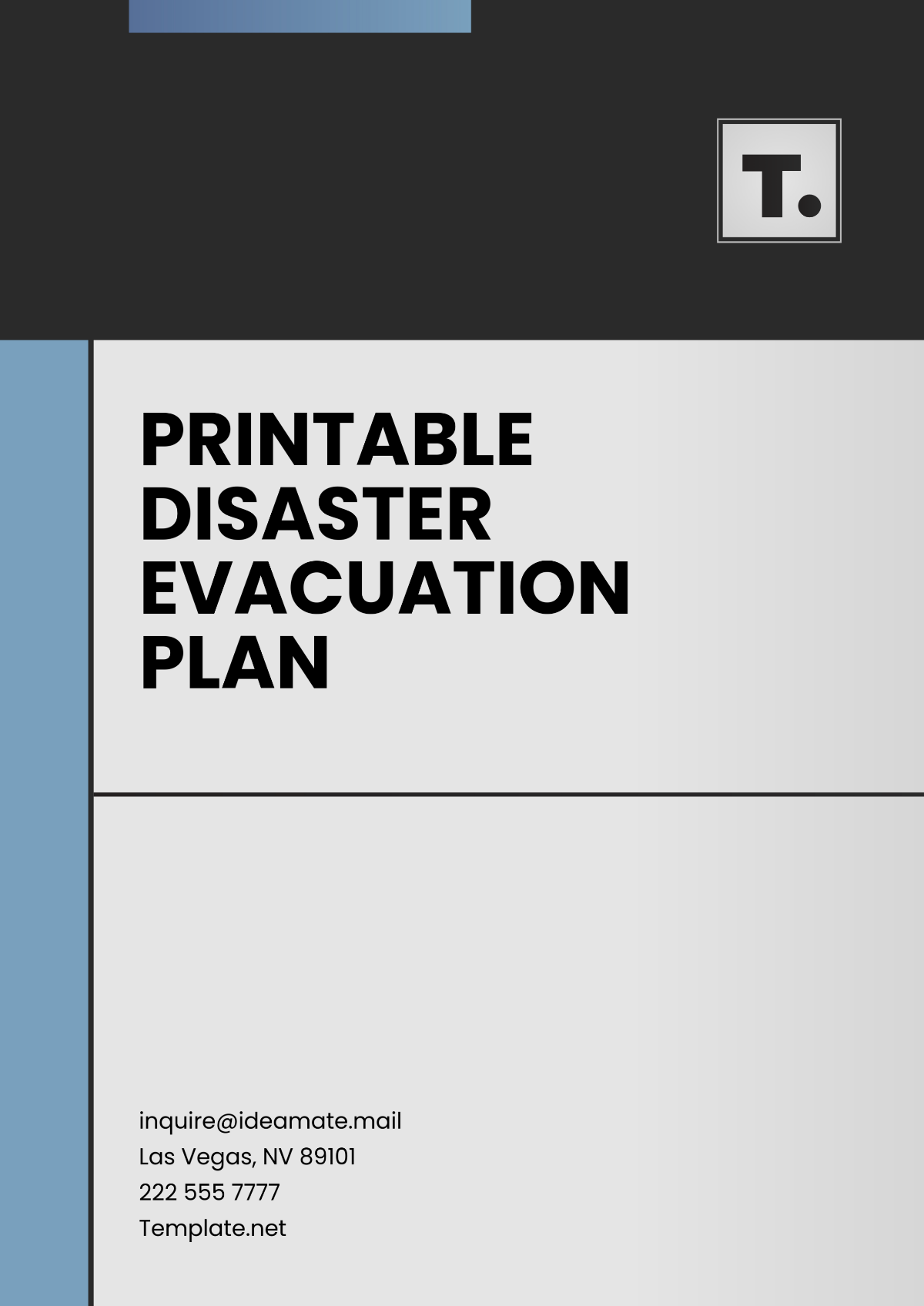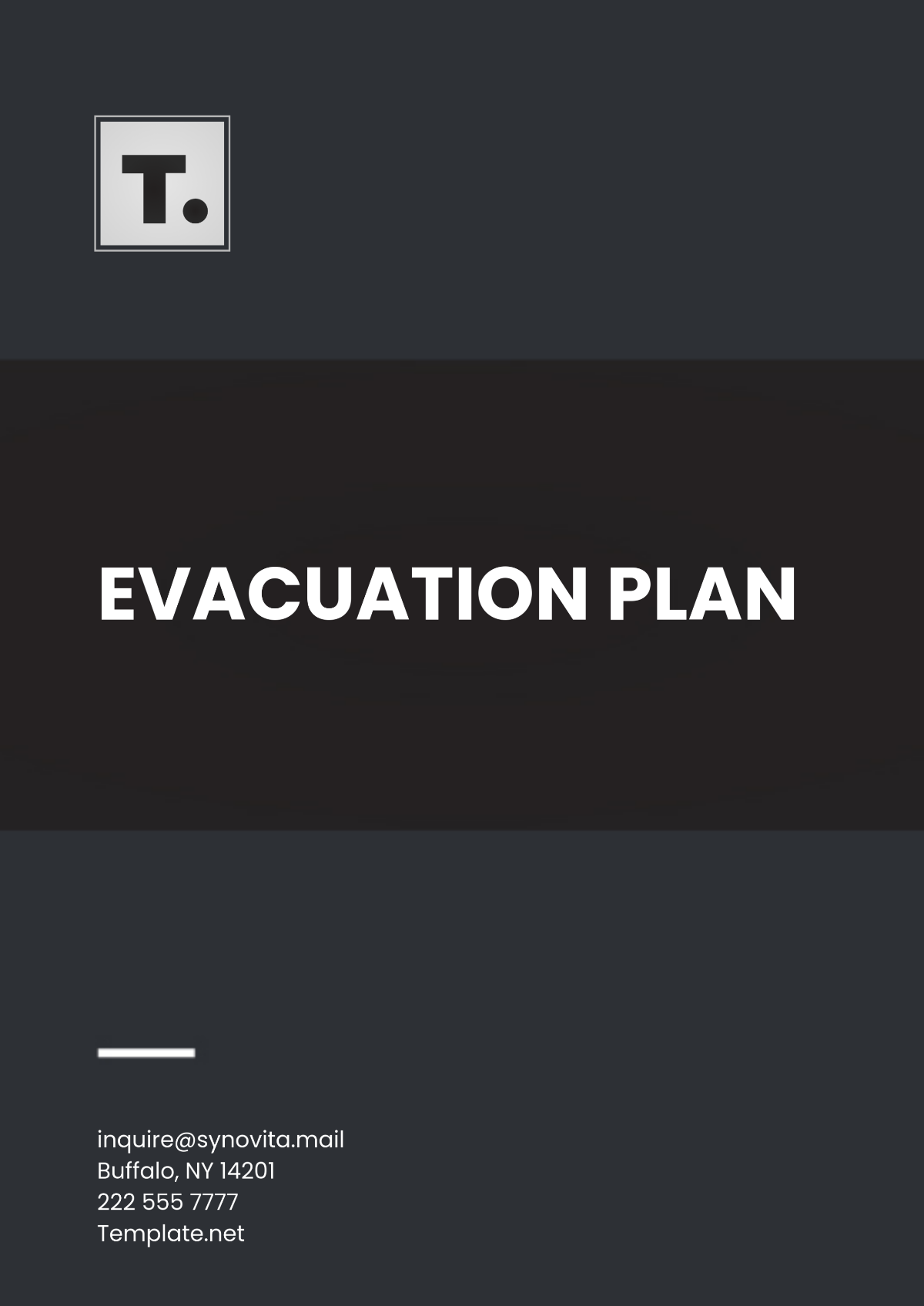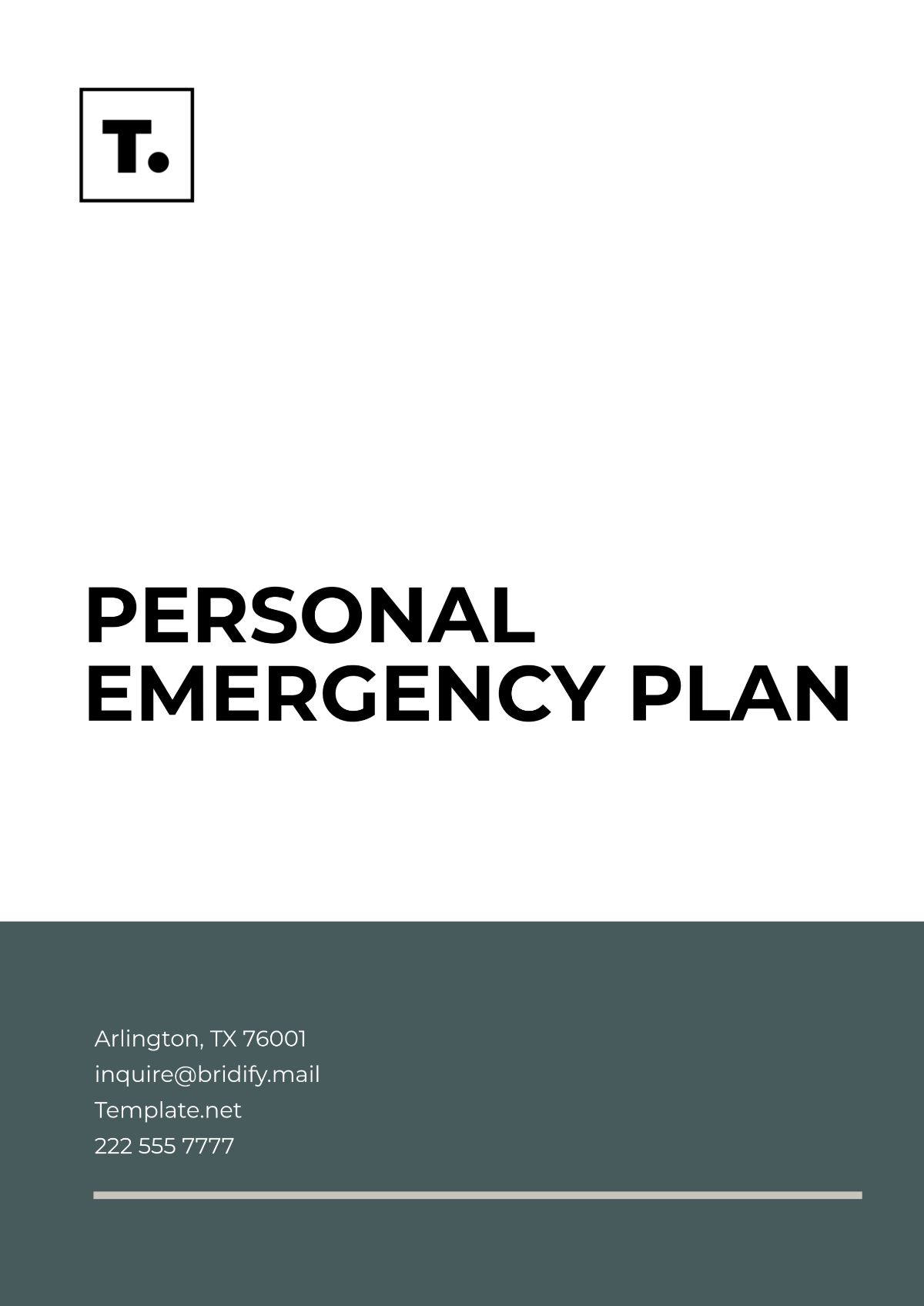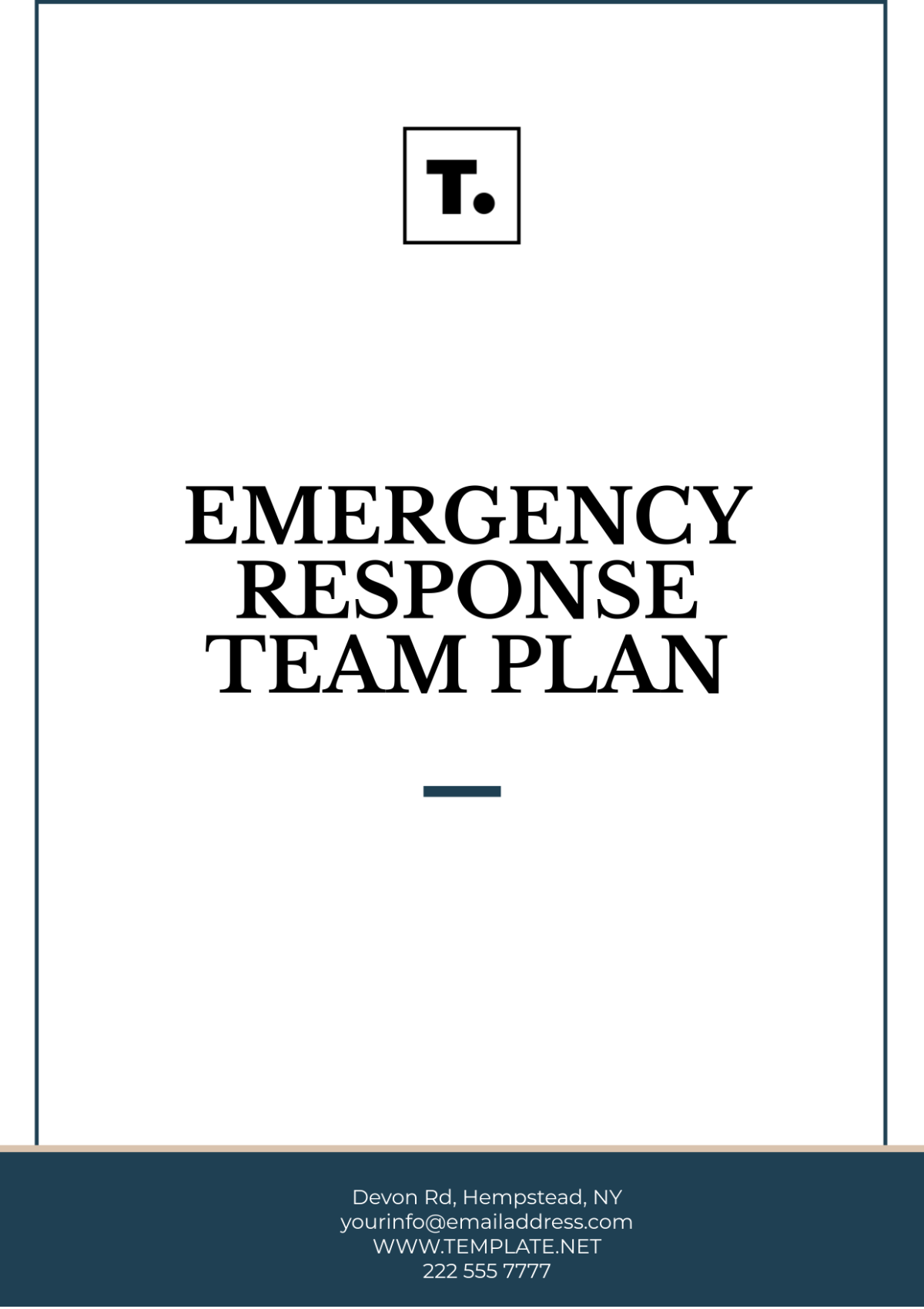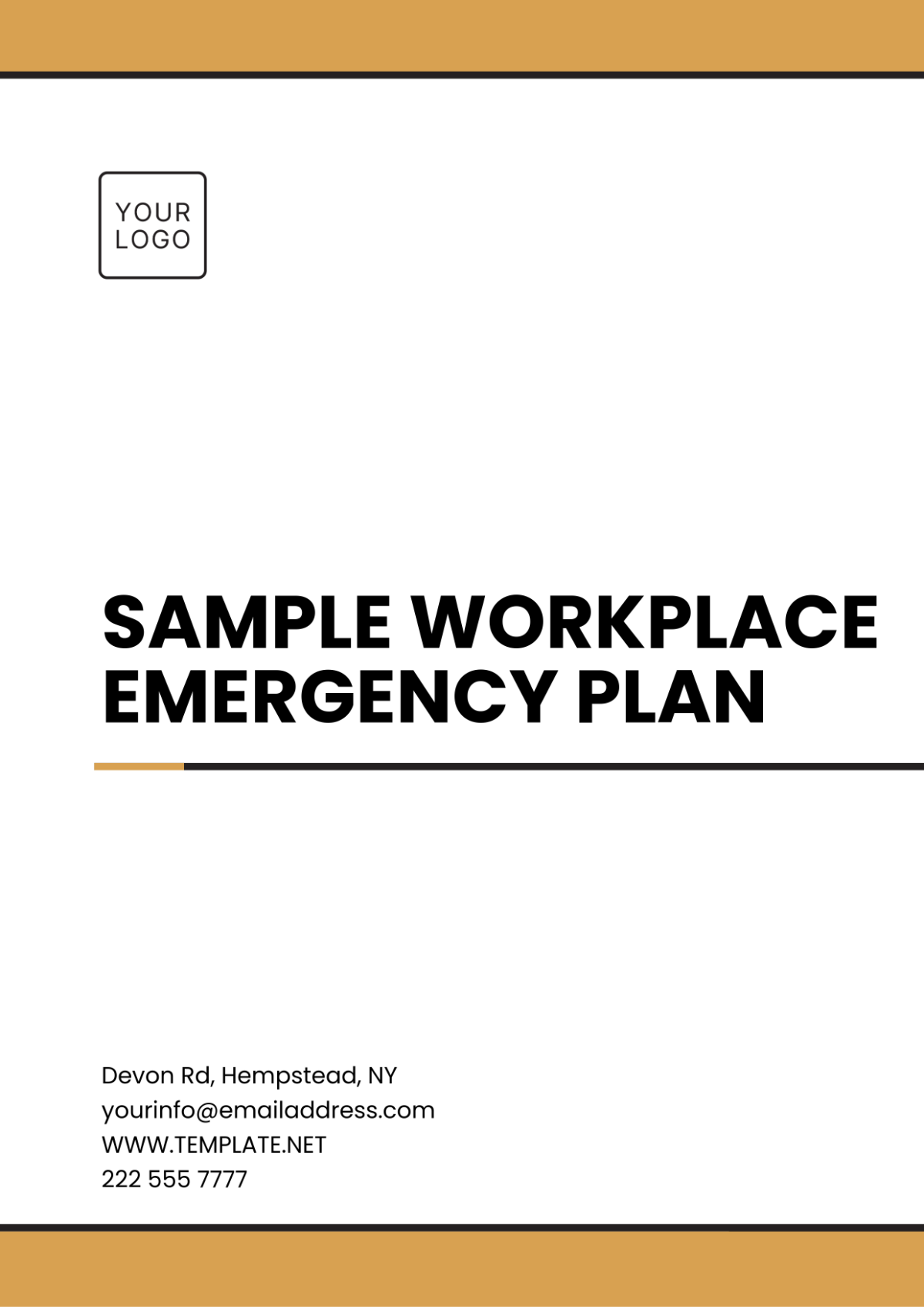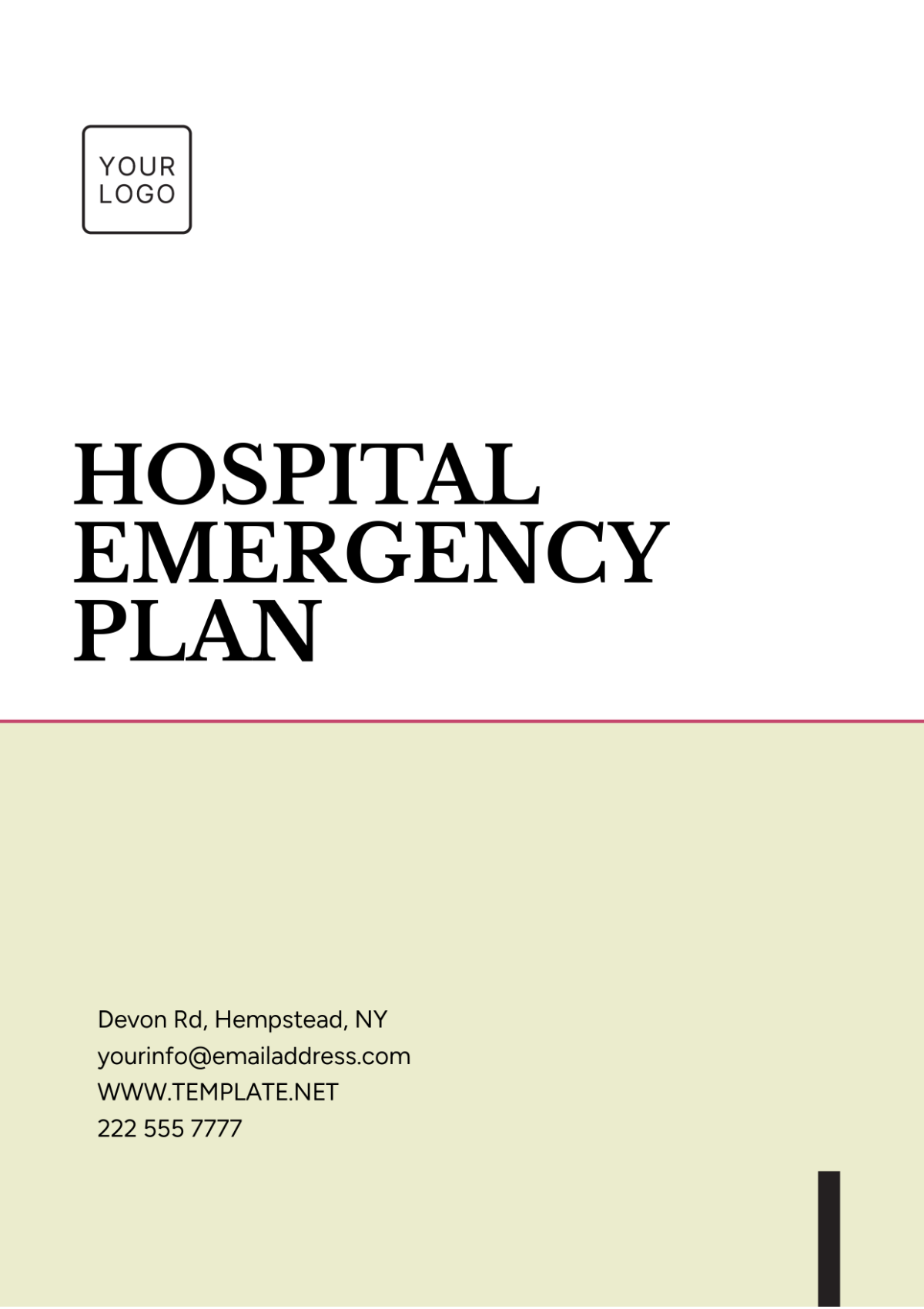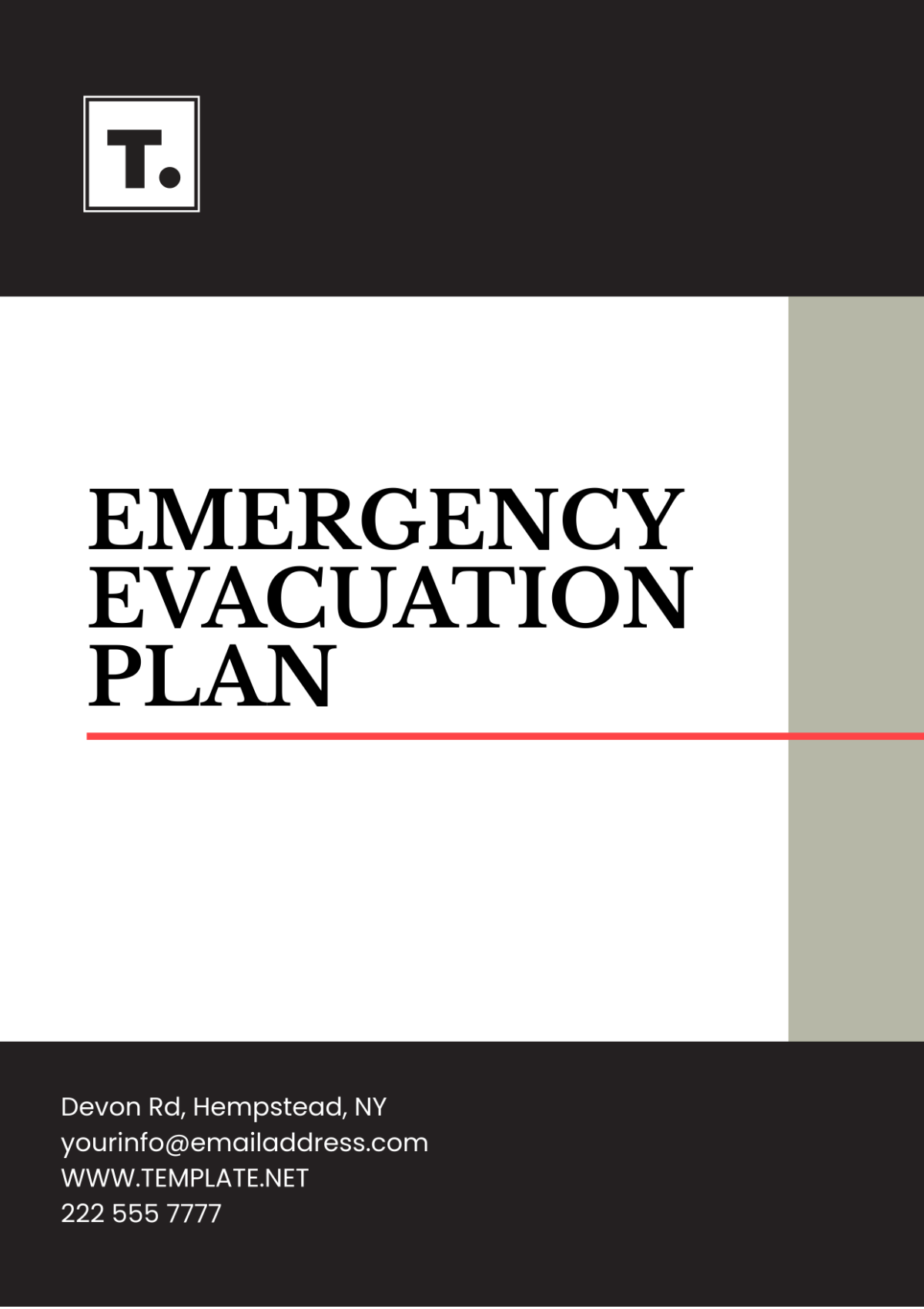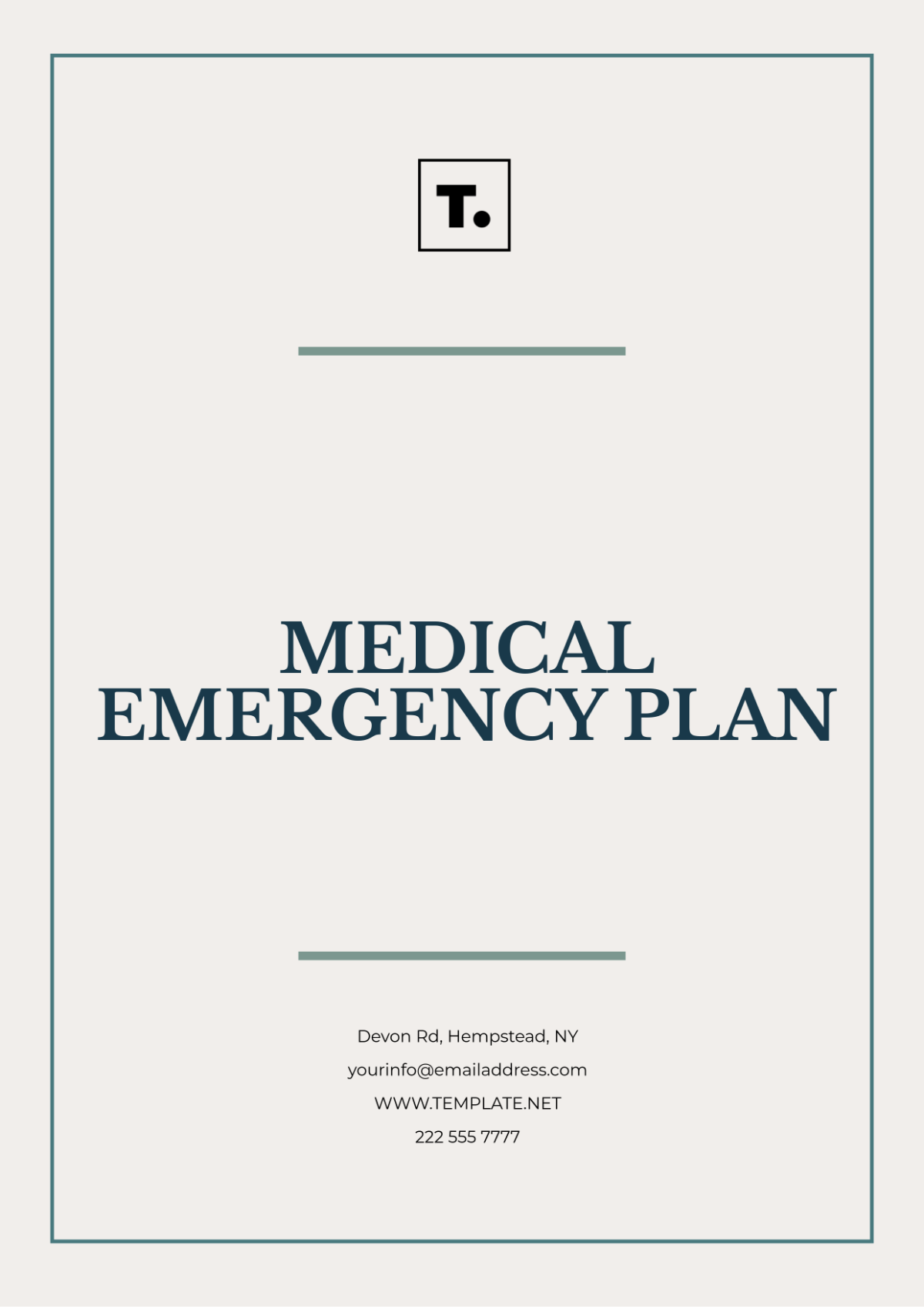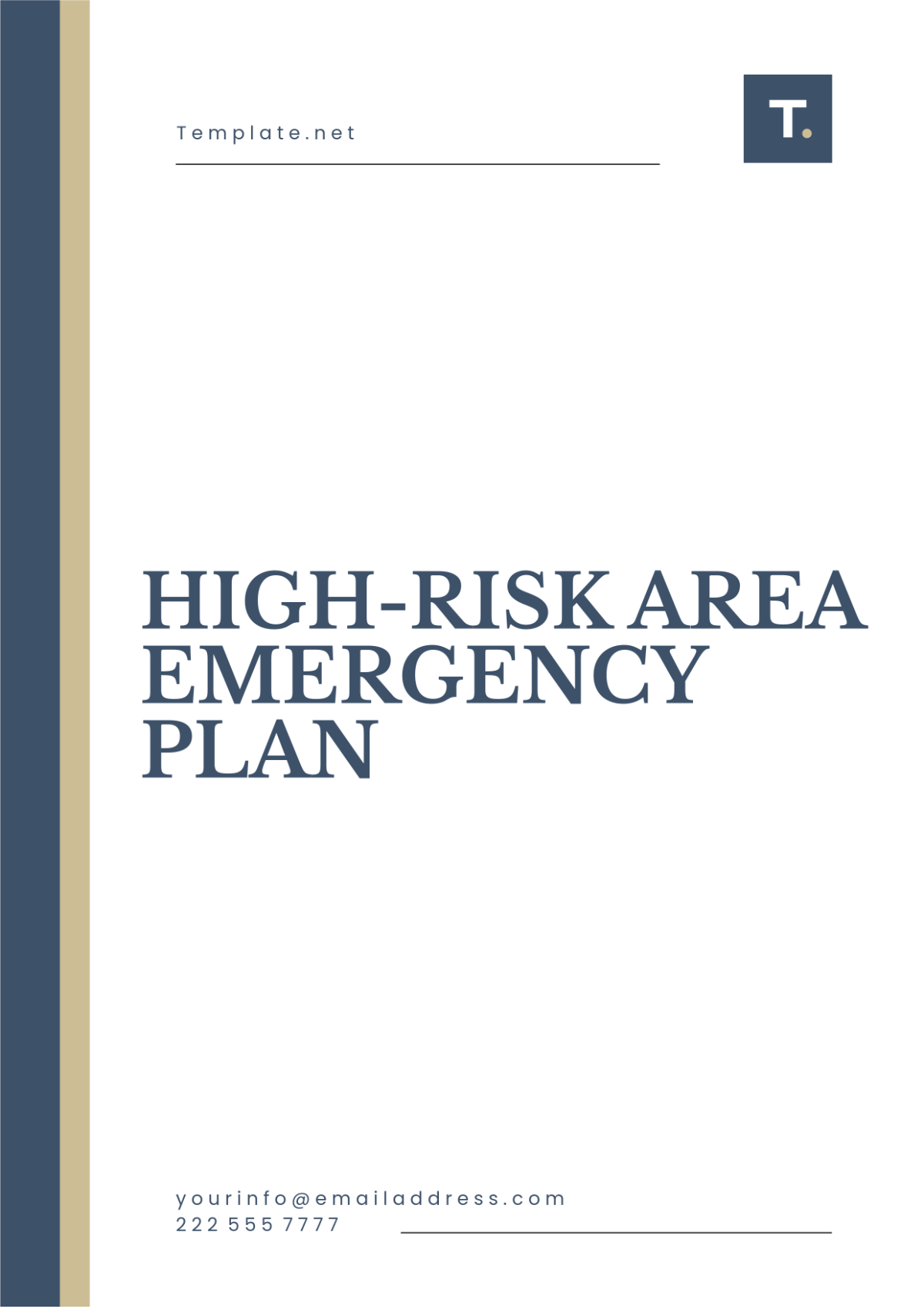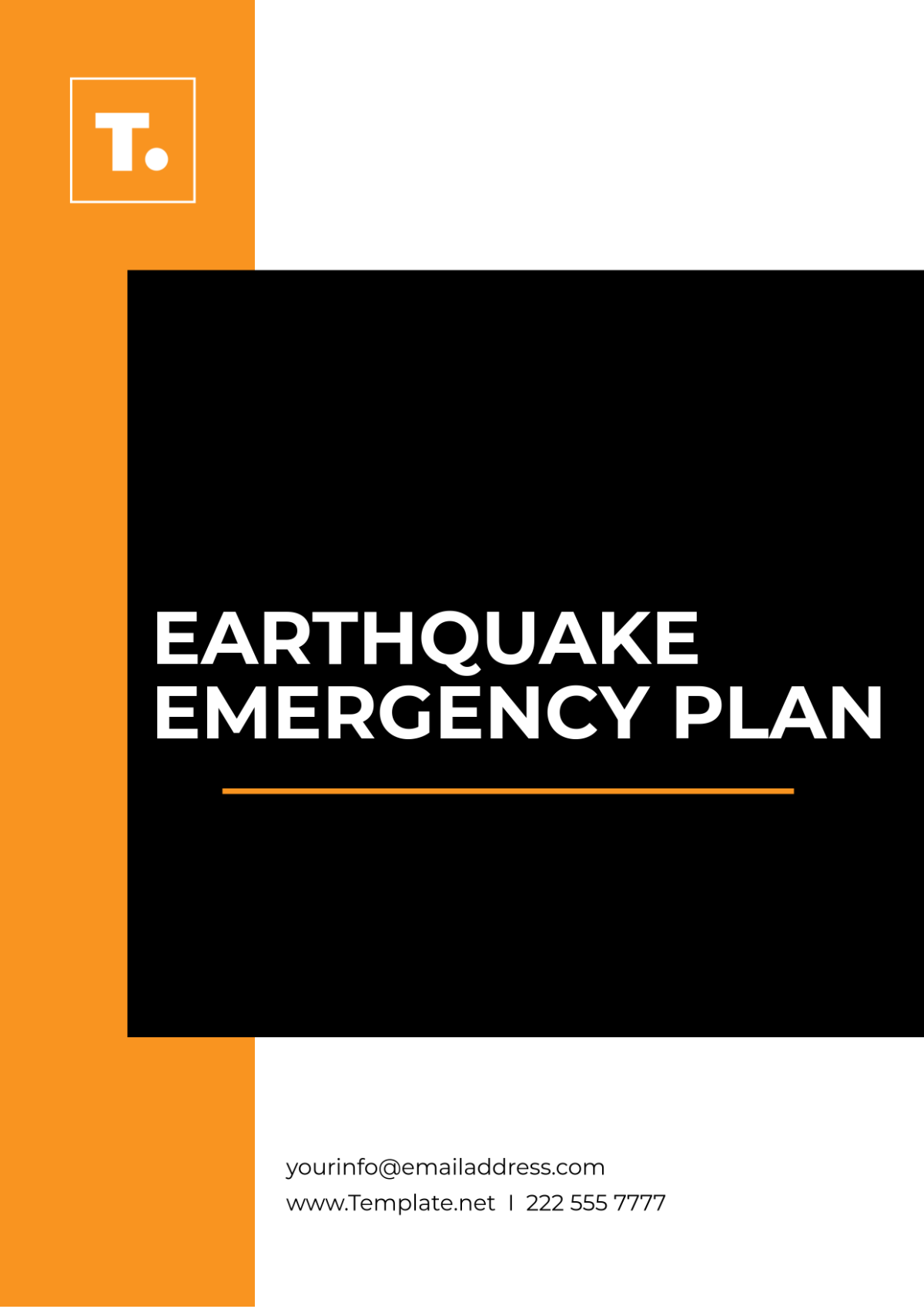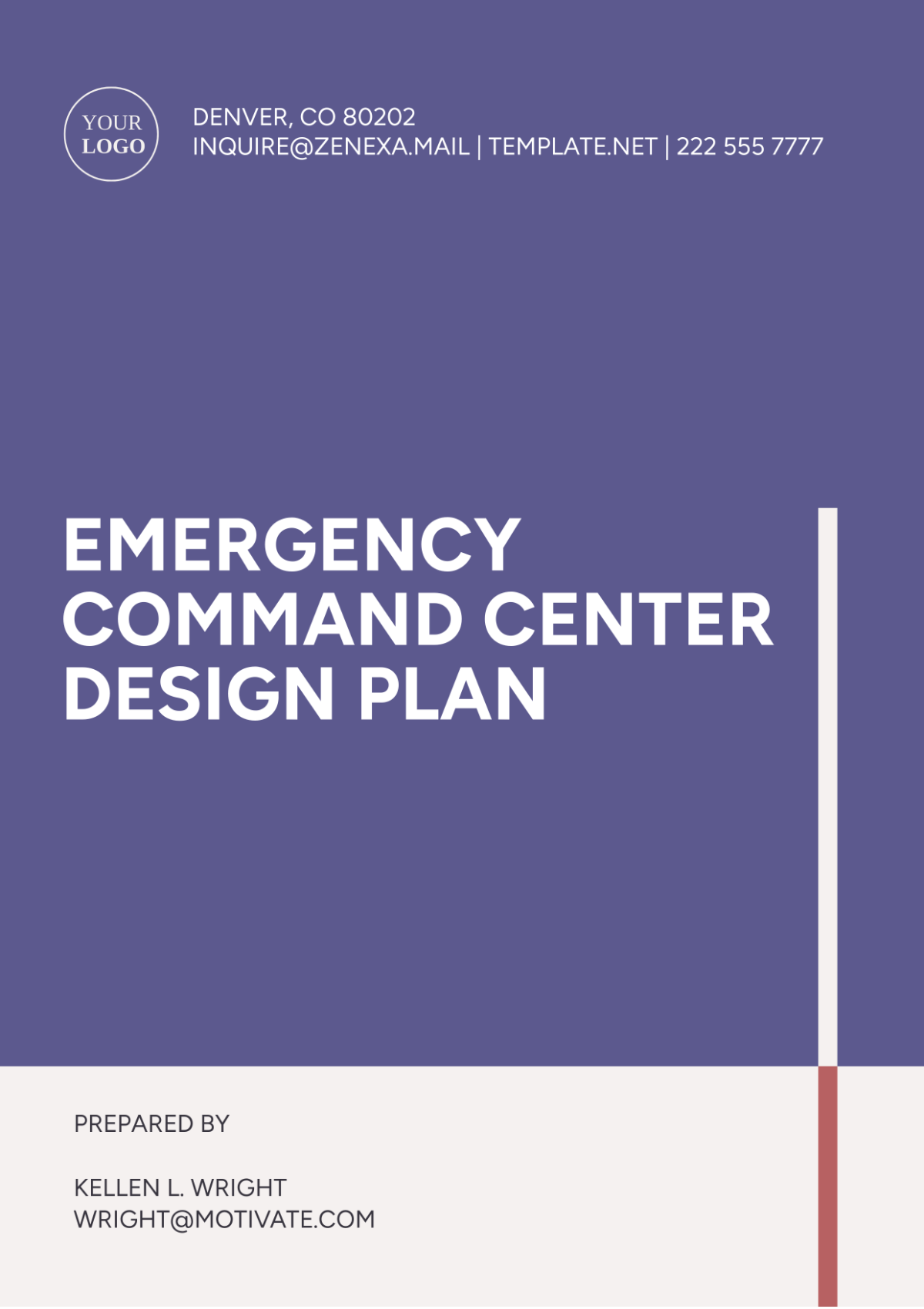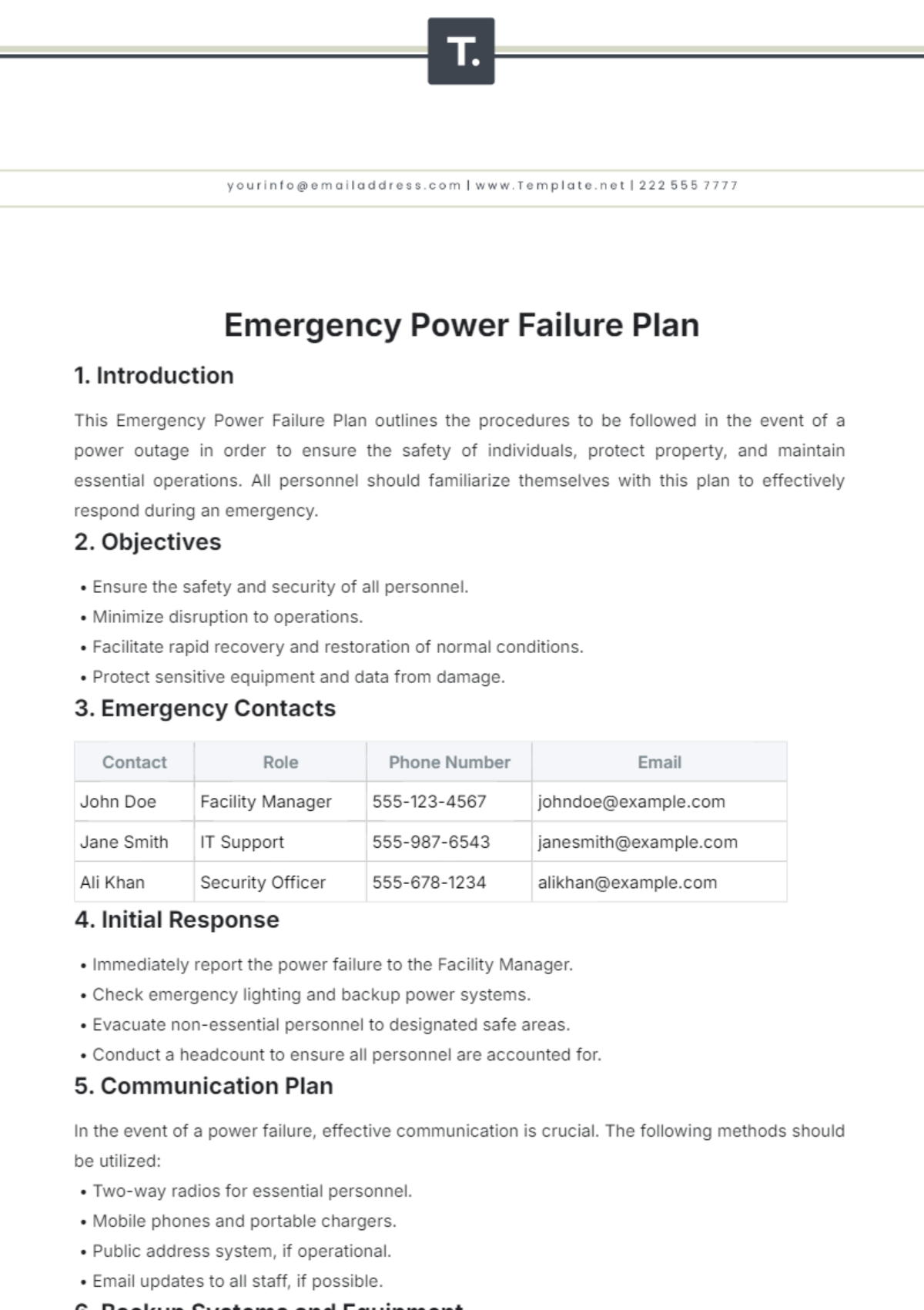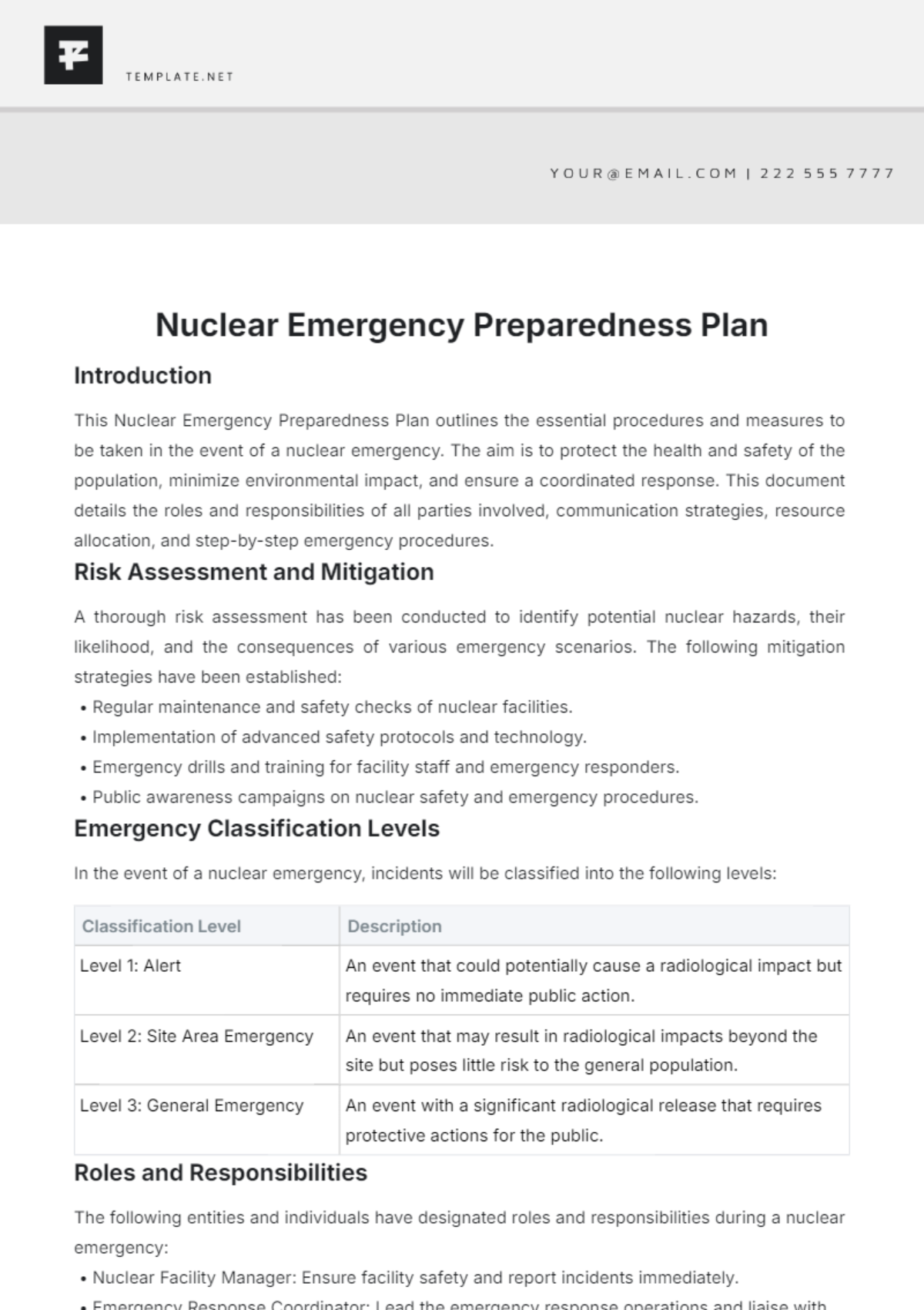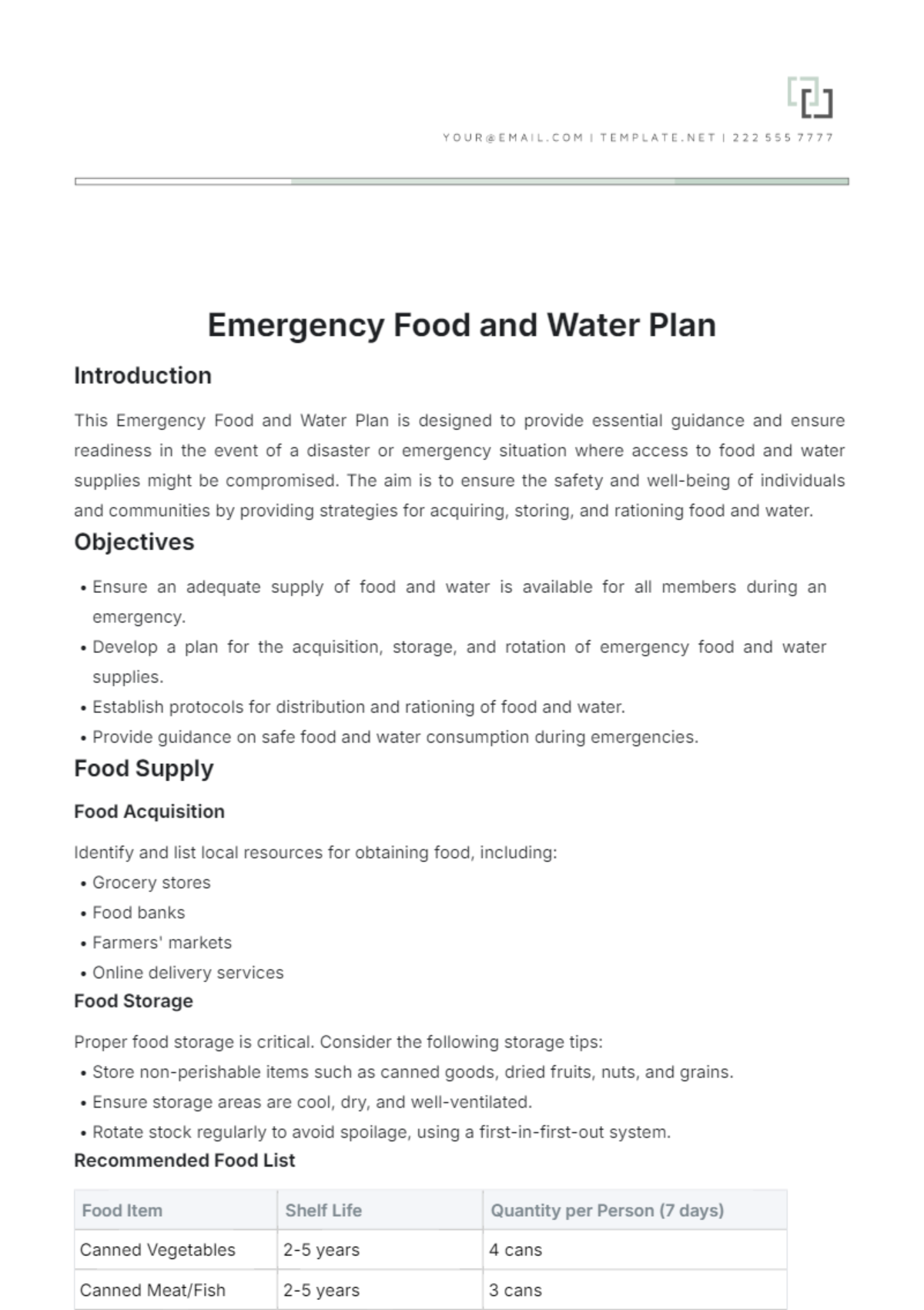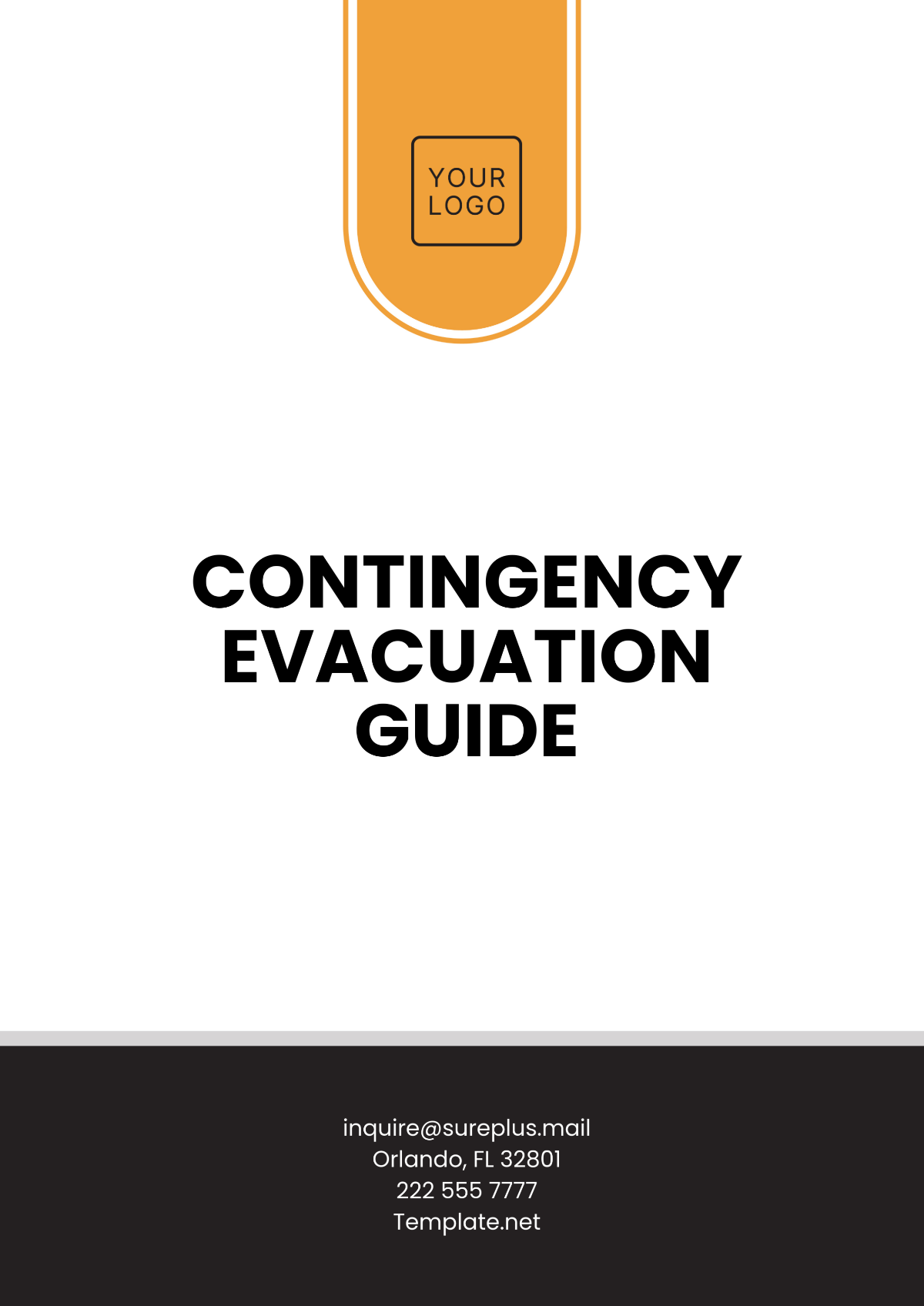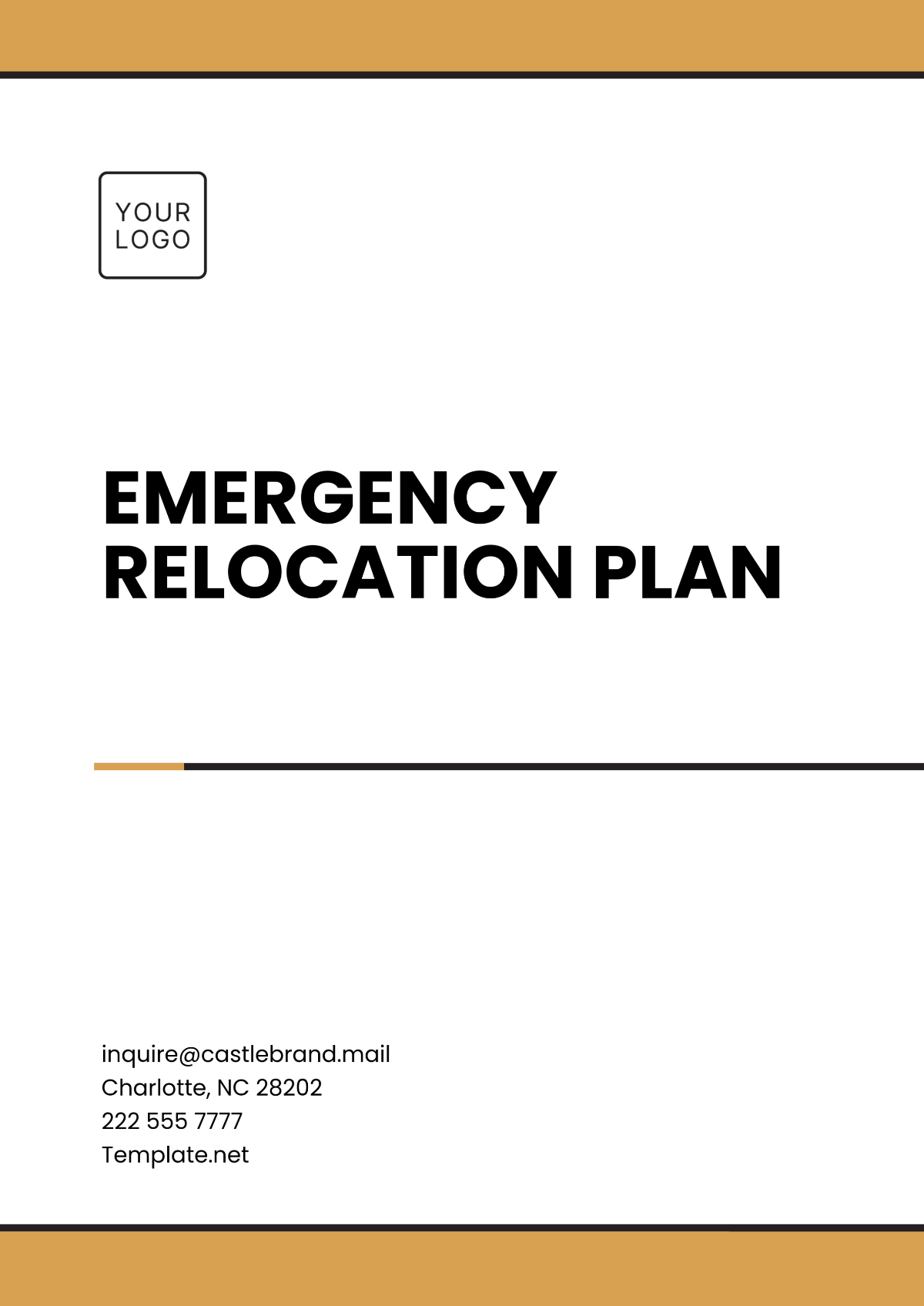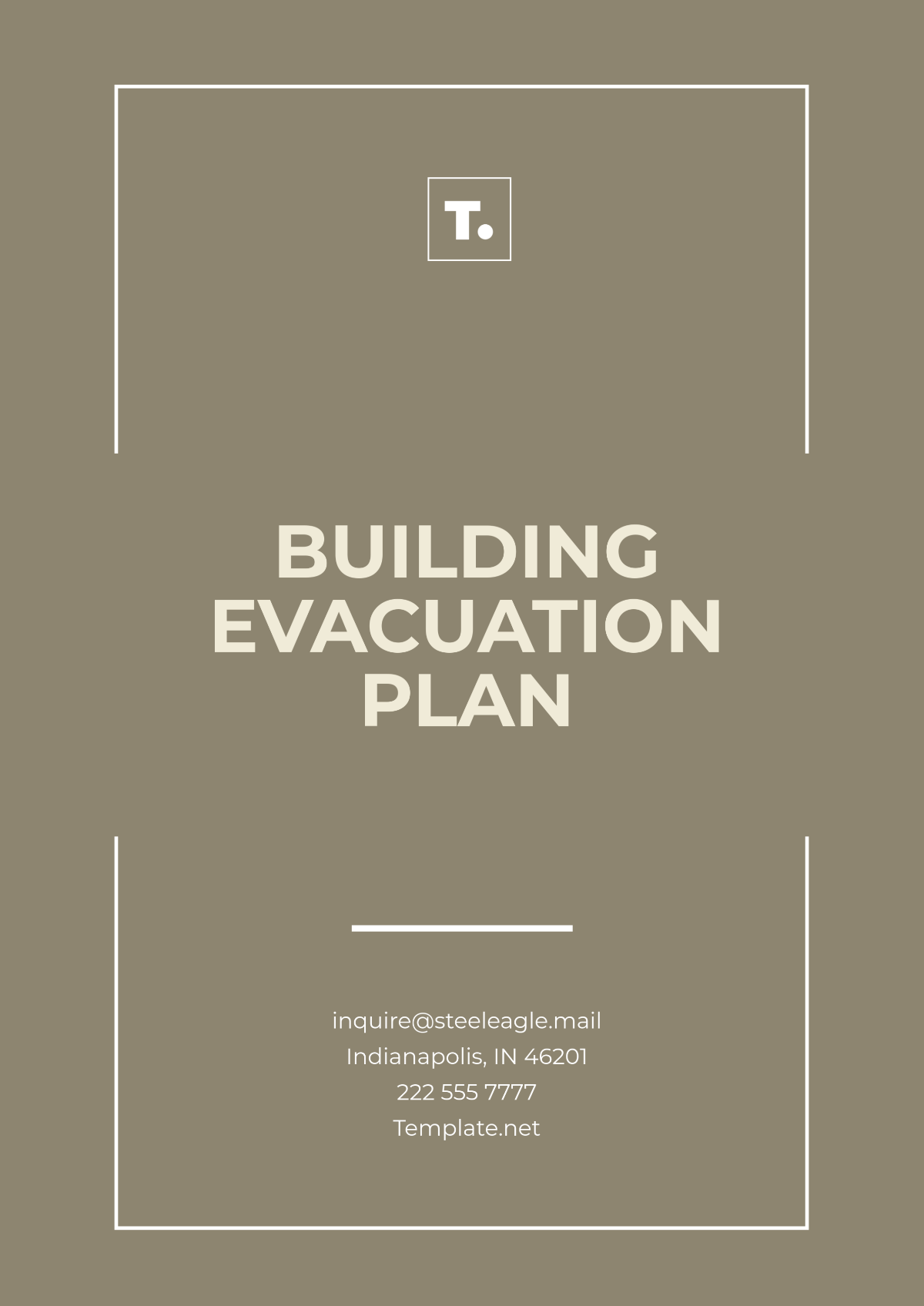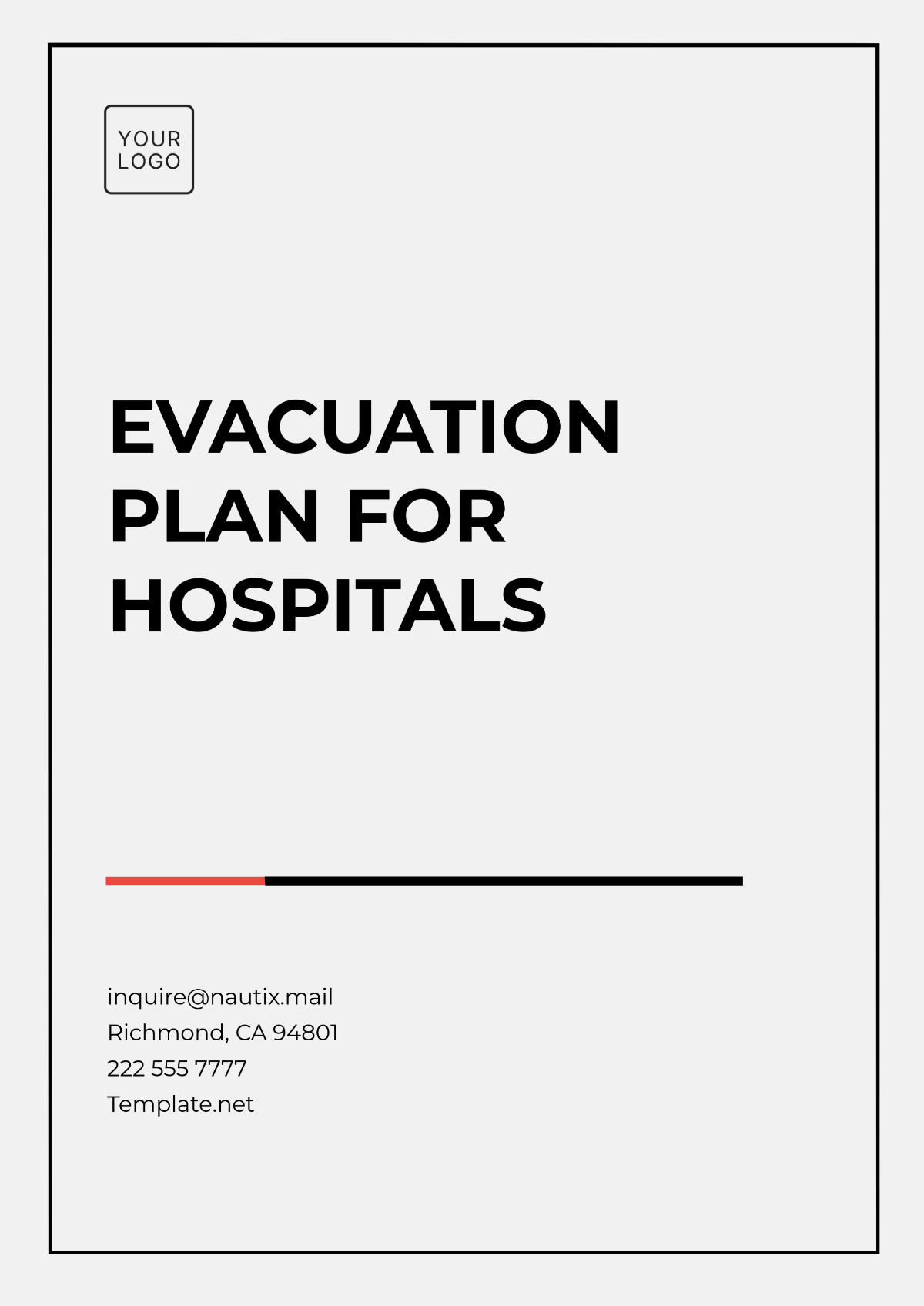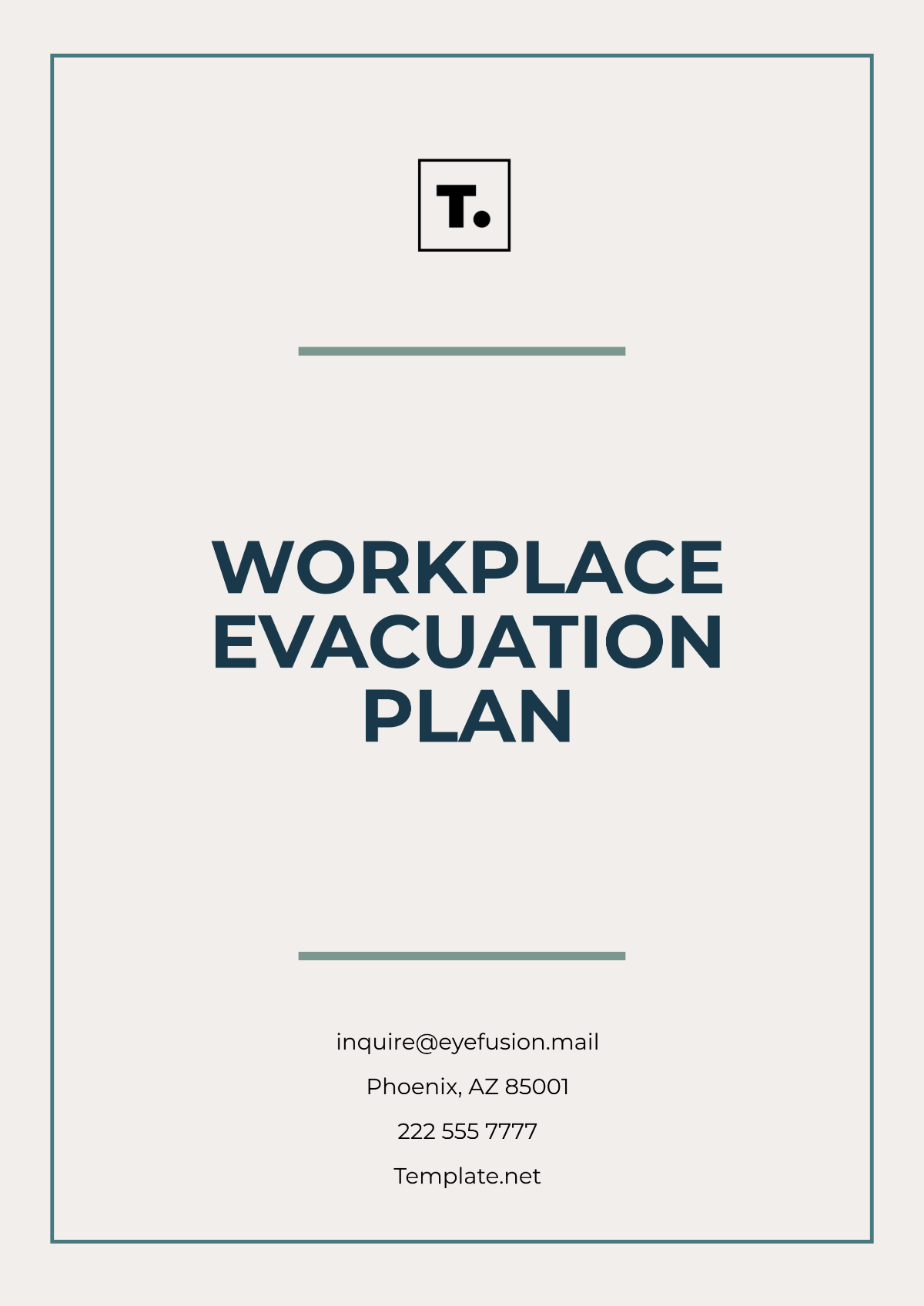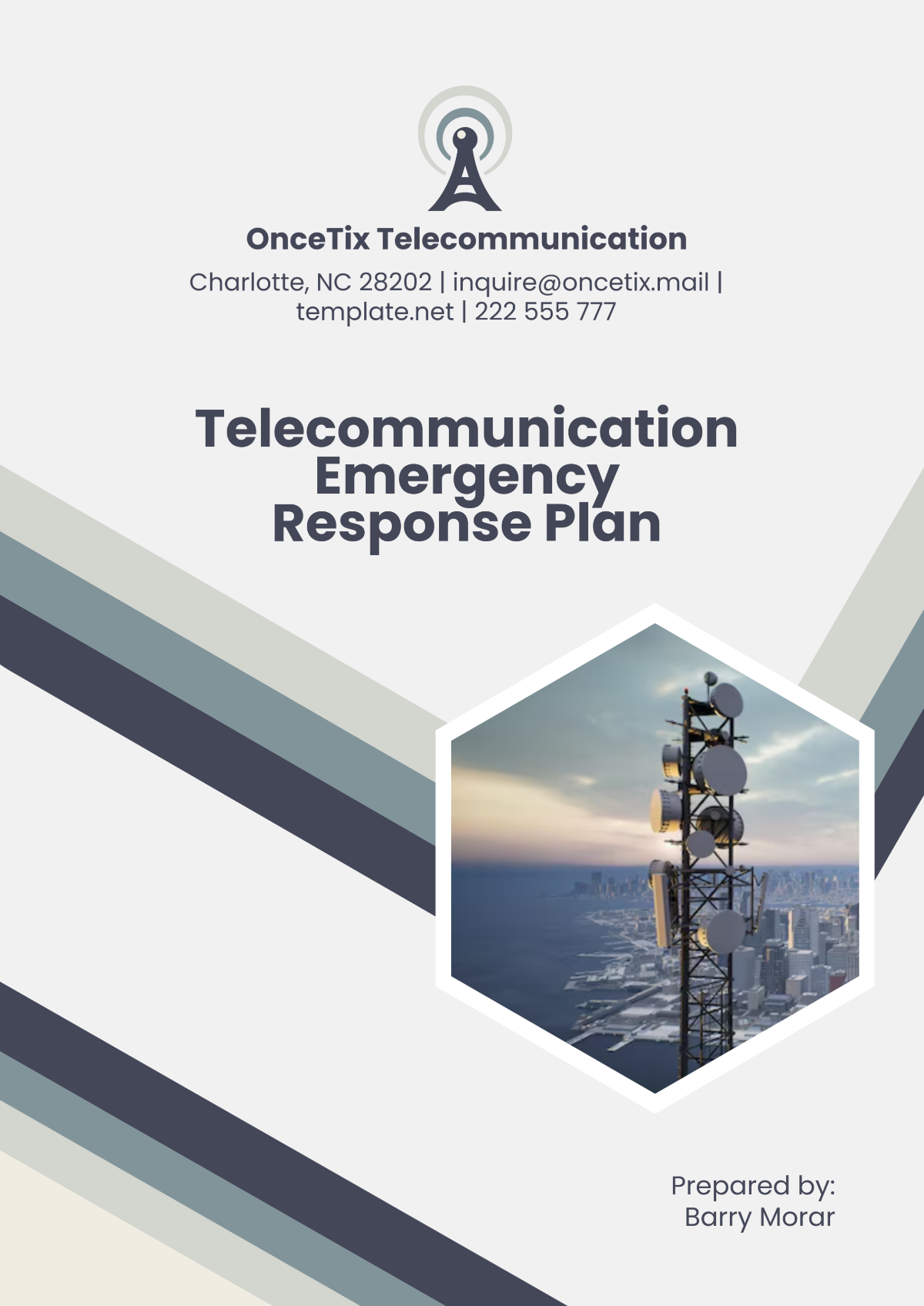Emergency Response Plan
Prepared by: [Your Name]
Date: January 6, 2050
I. Introduction
The Emergency Response Plan for [Your Company Name], located at [Your Company Address], is designed to ensure the safety of all employees, visitors, and personnel during emergencies. This plan outlines actions to be taken in response to a variety of emergencies, including natural disasters, fires, medical emergencies, and security threats. The focus is on clear communication, efficient action, and safety.
II. Emergency Contact Information
In case of an emergency, the following contacts will be responsible for coordinating the response:
Role | Name | Contact Information |
|---|---|---|
Incident Commander | Jonatan Farrell | jonatan@you.mail |
Safety Officer | Winona Harvey | winona@you.mail |
Medical Coordinator | Etha Lehner | etha@you.mail |
III. Emergency Response Procedures
A. Immediate Action
Alert System: Activate emergency alarms immediately.
Evacuation: Employees and visitors must evacuate the premises through designated routes, as outlined in the Evacuation Plan.
B. Medical Response
First Aid: Trained personnel will administer first aid until emergency services arrive.
Emergency Medical Kit: Located at key points throughout the building.
C. Fire Safety
Fire Extinguishers: Available in all departments. Trained staff will use them for small fires.
Evacuation Routes: Clear signage to guide individuals to safety.
IV. Key Personnel Roles
Role | Name | Responsibilities |
|---|---|---|
Incident Commander | Jonatan Farrell | Oversee the overall response and ensure safety. |
Safety Officer | Winona Harvey | Lead evacuation and assist in crowd control. |
Medical Coordinator | Etha Lehner | Coordinate first aid and emergency medical response. |
V. Communication Plan
Effective communication is critical during an emergency. The following methods will be used:
Internal Alert System: Automated system to notify all employees of emergencies.
Two-Way Radios: For staff communication during evacuation.
Public Announcements: To direct visitors and non-essential personnel.
Emergency Contacts: [Your Company Email] for coordination and updates.
VI. Post-Emergency Actions
A. Roll Call
Assembly Areas: All individuals must report to the designated assembly points for headcount and further instructions.
Incident Report: A detailed report will be compiled to evaluate the emergency response.
B. Review and Improvement
After each emergency, a review meeting will be held to identify areas for improvement and make necessary adjustments to the plan.




